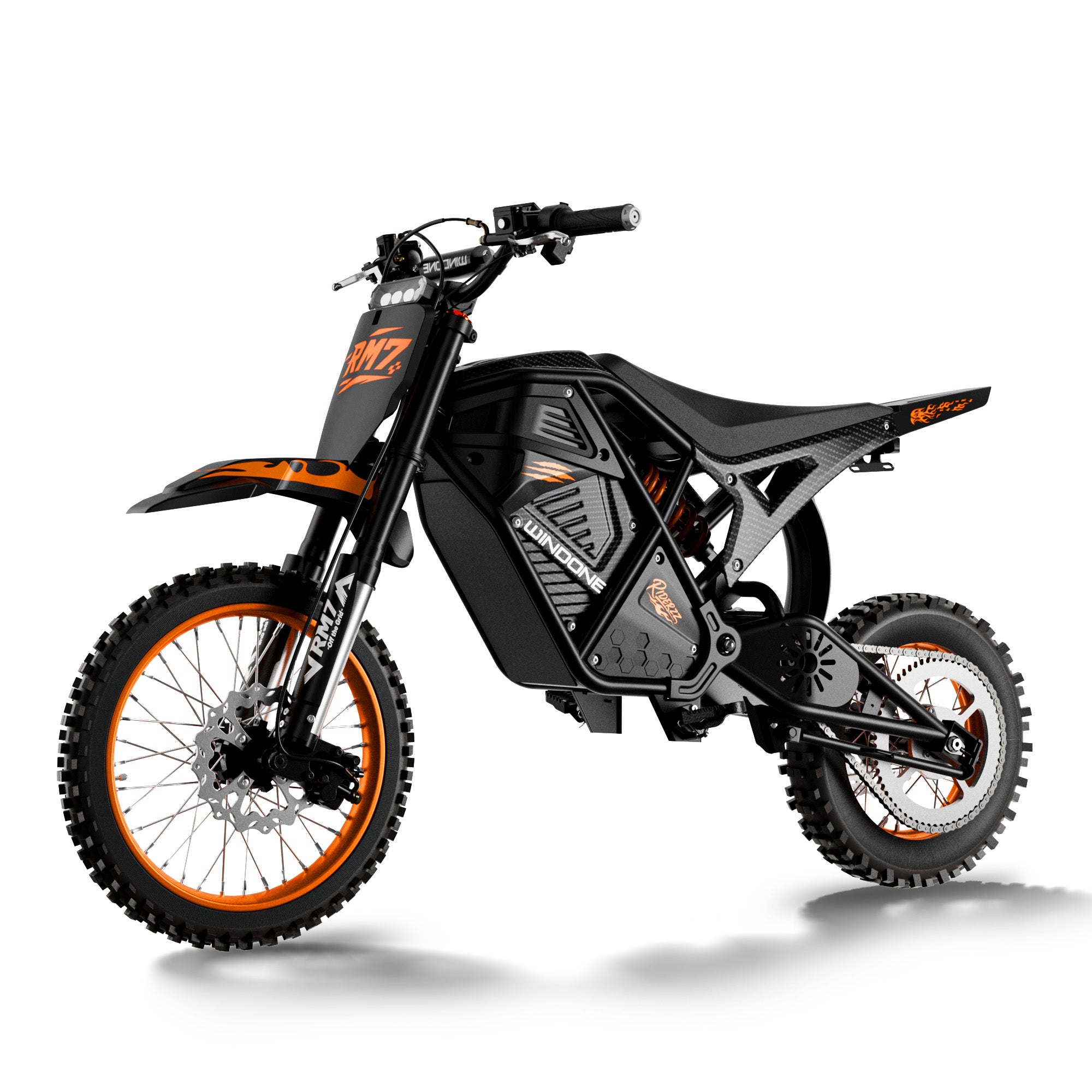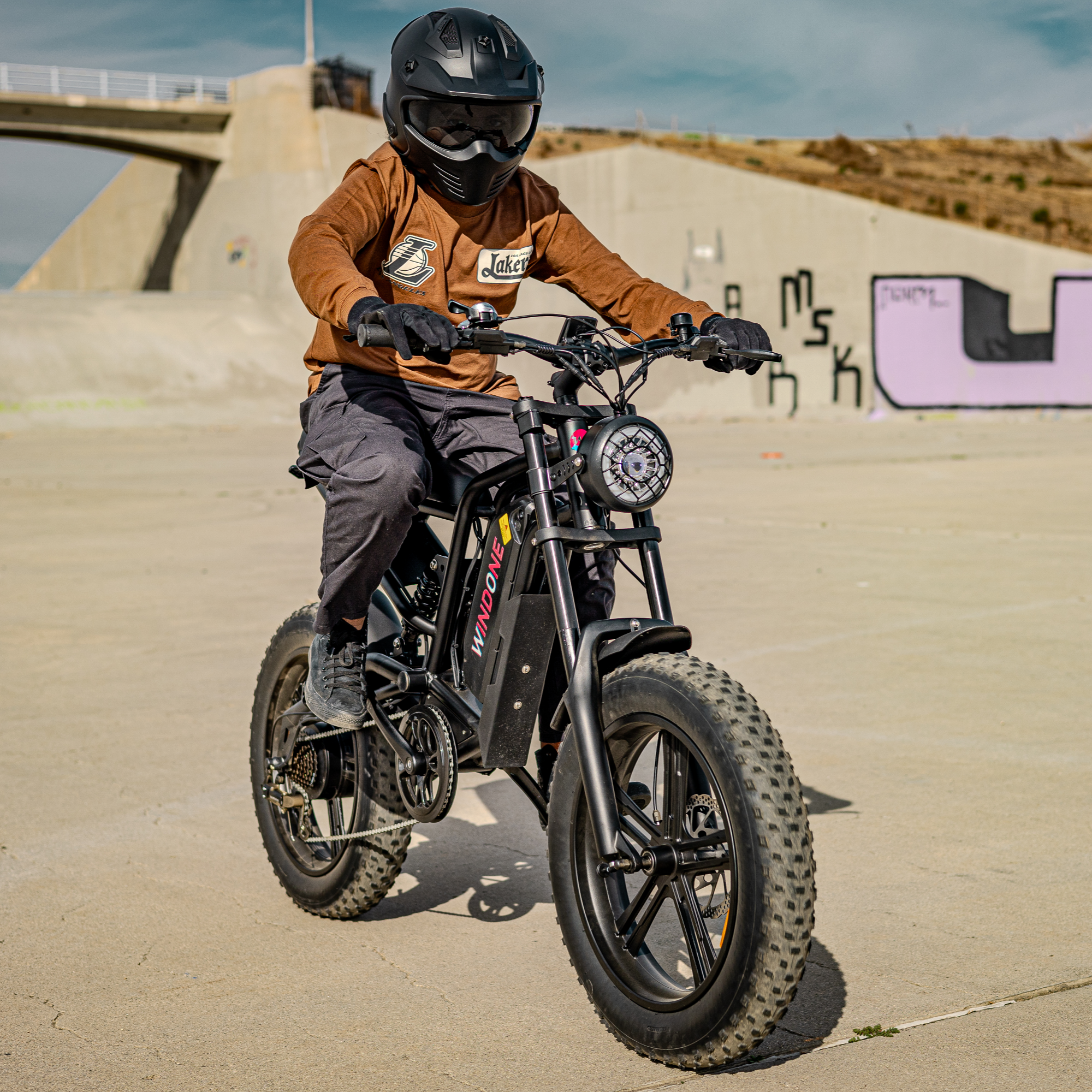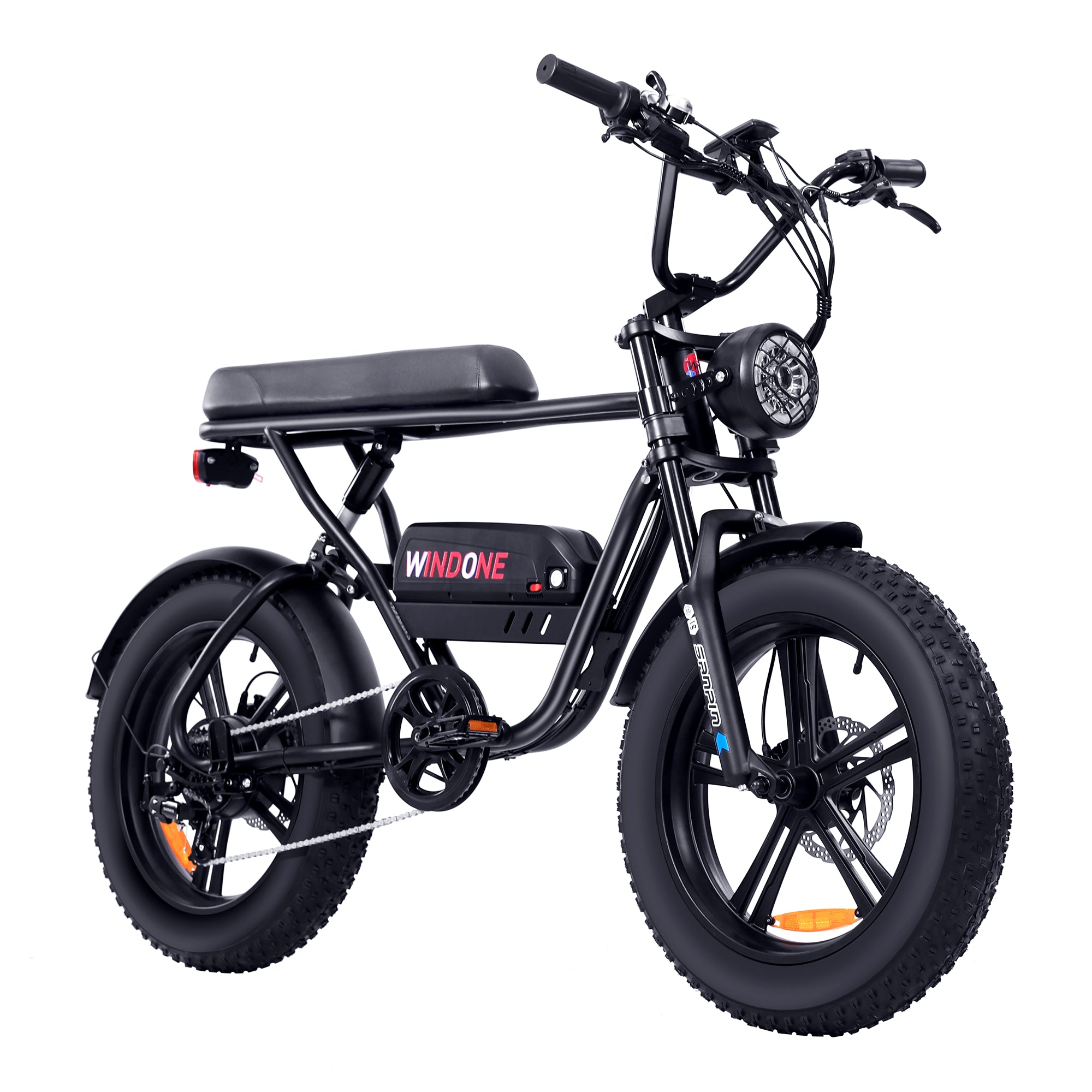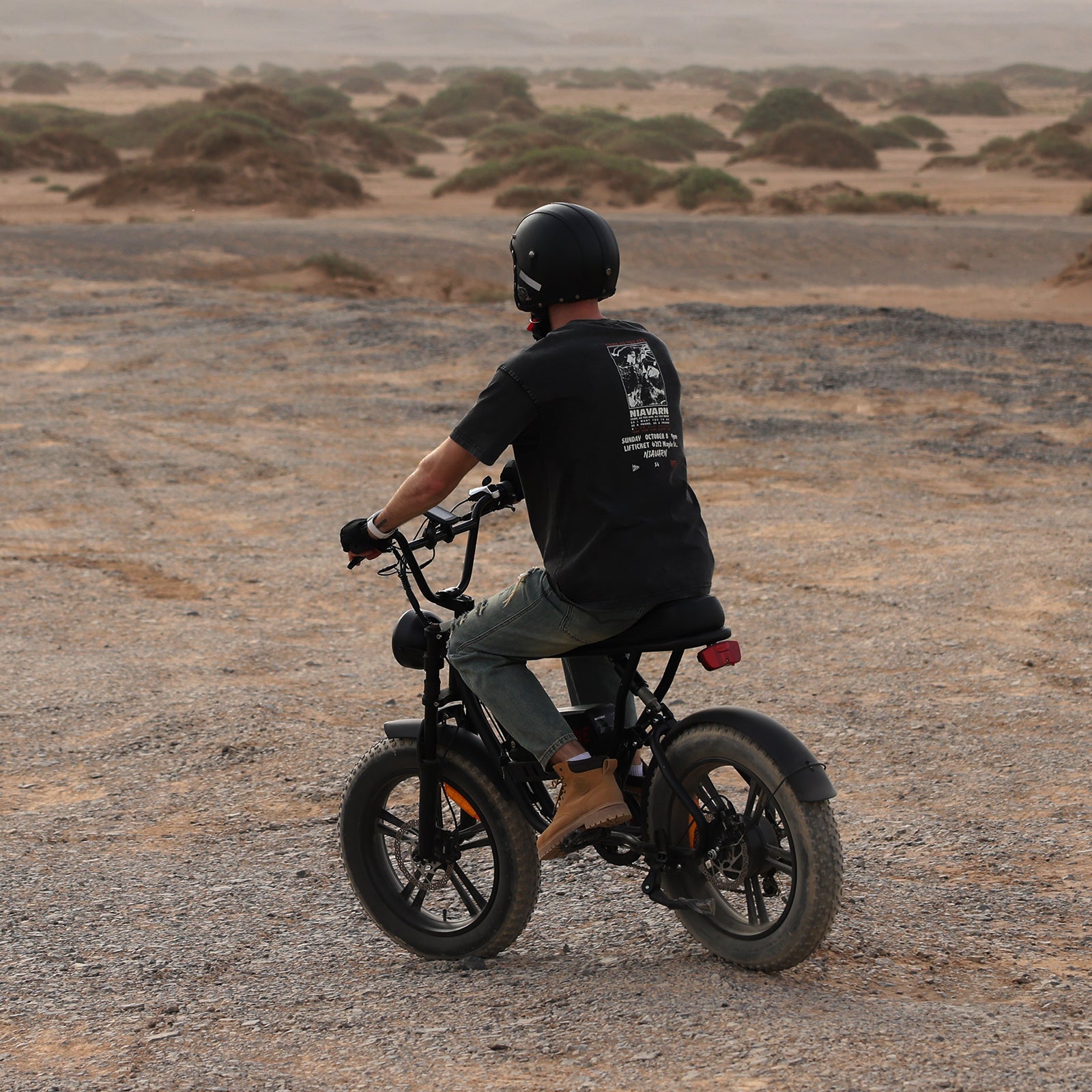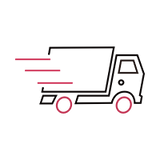When you pick bike handlebars, you face a lot of choices—each one can change how your ride feels. Different types of handlebars suit different bikes and riding styles, and each handlebar affects your comfort, control, and posture. Studies show that handlebar design impacts muscle fatigue and even nerve pressure, which can shape your performance and enjoyment. The global market for bike handlebars keeps growing as more riders look for better comfort and fit. You might find that testing new handlebars helps you discover what works best for your body and riding style.
Key Takeaways
- Choosing the right bike handlebars improves comfort, control, and riding performance.
- Different handlebar types fit different riding styles and needs, like drop bars for speed and flat bars for control.
- Handlebar width should match your shoulder width to reduce muscle fatigue and improve posture.
- Materials like carbon fiber offer light weight and vibration absorption, while aluminum and steel provide durability and cost options.
- Testing different handlebars helps you find the best fit for your body and riding style, making every ride more enjoyable.
Why Bike Handlebars Matter
Comfort and Posture
When you ride your bike, the handlebars are the main part you touch. They decide how your hands, arms, and back feel during your ride. If you pick the right handlebar, you can avoid sore wrists and tired shoulders. Some handlebars, like those made from carbon fiber, help absorb bumps from the road. This means less shaking in your hands and arms, which keeps you more comfortable on long rides. Experts say that ergonomic handlebars and special materials can help you keep a better posture. You sit straighter and feel less pain in your neck and back. A study even found that higher handlebars let you ride in a more upright position, which takes pressure off your spine. This can stop aches and pains before they start.
Tip: If you plan to ride for hours, try handlebars that reduce vibration. Your body will thank you!
Control and Handling
Handlebars do more than just give you a place to rest your hands. They help you steer and keep your balance. The shape and width of your handlebar can make your bike feel steady or twitchy. For example, wide handlebars give you more control, especially on rough trails or busy streets. Safety experts also point out that handlebars are where you grip the bike during a fall. Wearing gloves helps protect your hands, but the right handlebars can stop your hands from getting tired or hurt in the first place. In some studies, handlebars even had special buttons to help riders signal when they felt unsafe. This shows that handlebars are not just about comfort—they help keep you safe, too.
Performance Impact
The type of handlebar you choose can change how fast and smooth your ride feels. Some riders pick aerodynamic handlebars to cut through the wind and go faster. Others want handlebars that are light and strong. Let’s look at how different handlebar materials affect your ride:
| Metric | Steel Handlebar | Braided-Carbon-Fiber Handlebar |
|---|---|---|
| Mass (grams) | 636 | 136 |
| First Natural Frequency (Hz) | 184.7 | 240.3 |
| Damping Ratio (%) | 1.79 | 0.88 |
| RMS Acceleration at Point 1 (m/s²) | 3.42 | 2.98 |
This table shows that a braided-carbon-fiber handlebar is much lighter and handles bumps better than a steel one. You get less shaking and more control, which means you can ride longer and faster without getting tired. Real-world tests prove that these handlebars help you stay comfortable and keep your bike running smoothly.
Types of Bike Handlebars
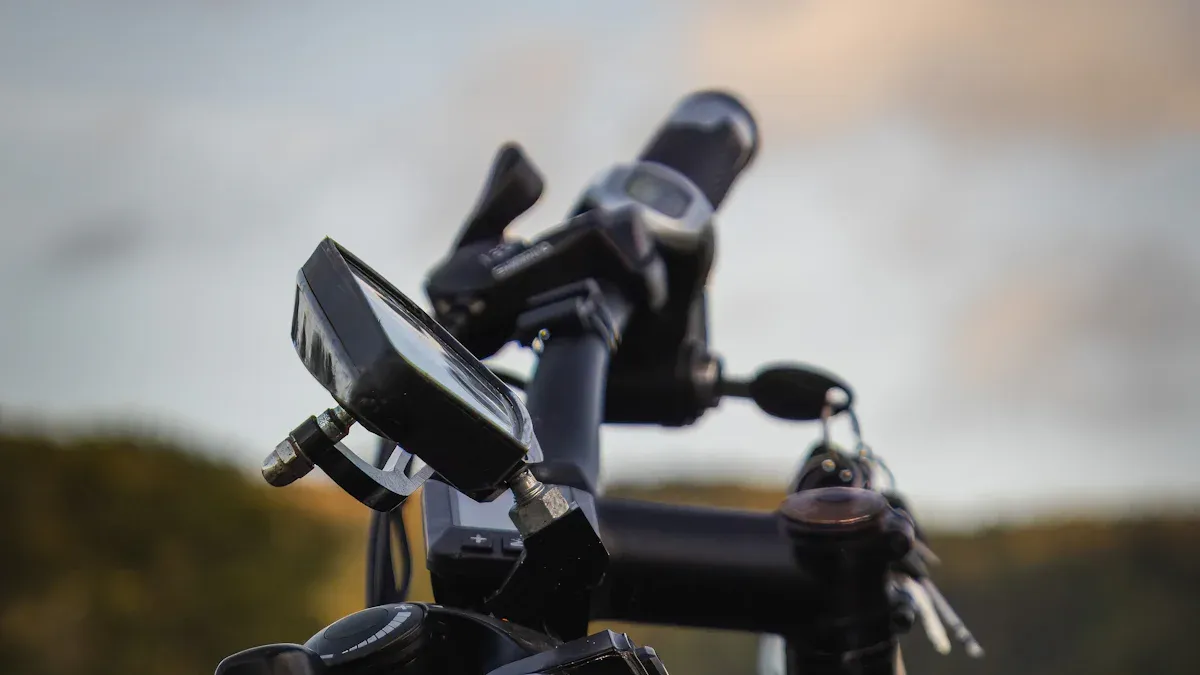
When you look at bike handlebars, you might feel a bit overwhelmed by all the choices. Each handlebar shape changes how your bike feels and how you ride. Some styles help you go faster, while others make your ride more comfortable. The right handlebar style depends on what you want from your bike and where you plan to ride.
Here’s a quick look at some of the most common types of handlebars and how they fit different riding styles:
| Handlebar Type | Design Features & Shape Description | Typical Applications & Riding Styles |
|---|---|---|
| Drop Bars | Central straight section with ends curving forward, down, then back; subtypes include classic, compact, and ergonomic | Road racing, track cycling, touring, gravel riding |
| Flat Bars | Straight across, wide grip, simple design | Mountain biking, commuting, hybrids |
| Riser Bars | Similar to flat, but with a rise in the grip area | Mountain biking, trail riding |
| Bullhorn Bars | Curve forward and up, like bull’s horns | Time trials, urban bikes, fixies |
| Aero Bars | Extensions for a tucked, aerodynamic position | Triathlon, time trial racing |
| Cruiser Bars | Long, sloping rearward for upright posture | Cruiser bikes, comfort riding |
| Butterfly Bars | Figure-of-eight shape, many hand positions | Touring, trekking, long-distance rides |
| Mustache Bars | Curve forward then back toward rider, semi-drop style | Sporty commuting, classic bikes |
Note: Each handlebar type offers a unique feel. Some give you more control, while others help you ride longer without getting tired.
Let’s break down each type so you can see which one might fit your needs.
Drop Handlebars
Drop handlebars have a classic look. You see them on most road bikes. The ends curve down and back, letting you hold the bars in different ways. This handlebar shape helps you ride fast and cut through the wind. You can lean forward for speed or sit up for comfort. Many riders like drop handlebars for long rides because they offer several hand positions. You can switch your grip to avoid sore hands and wrists. These bars work best if you want to ride fast or cover lots of miles.
Flat Handlebars
Flat handlebars are straight and wide. You find them on mountain bikes and many city bikes. This handlebar gives you a steady grip and helps you sit upright. You get great control, especially on rough trails or busy streets. Flat handlebars make it easy to reach your brakes and shifters. If you want a simple, strong handlebar for everyday riding, flat handlebars are a solid choice.
Riser Handlebars
Riser handlebars look a lot like flat bars, but they rise up from the center. This rise lets you sit even more upright. You get a better view of the road or trail. Riser bars help you steer with confidence, especially when you ride over rocks or roots. Many mountain bikers choose riser handlebars for extra comfort and control.
Bullhorn Handlebars
Bullhorn handlebars curve forward and up, just like a bull’s horns. You see these on some racing bikes and fixies. This handlebar style lets you lean forward and push hard. You get a strong grip for sprinting or climbing hills. Bullhorn handlebars also give you a cool, aggressive look. If you like to ride fast in the city or want a unique handlebar shape, bullhorns might be for you.
Aero Handlebars
Aero handlebars help you ride as fast as possible. They have long extensions that point forward. You rest your arms on pads and tuck your body low. This position cuts down on wind and helps you go faster. Triathletes and time trial racers use aero handlebars to save energy and gain speed. These bars work best if you care about every second on the clock.
Cruiser Handlebars
Cruiser handlebars sweep back toward you. They let you sit up straight and relax. You see these bars on beach cruisers and comfort bikes. This handlebar style is all about easy riding. You can enjoy the view and pedal at your own pace. Cruiser handlebars are perfect for slow rides around the neighborhood or along the beach.
Butterfly Handlebars
Butterfly handlebars look like a figure eight. They give you lots of places to put your hands. You can change your grip often, which helps on long rides. Touring cyclists love butterfly handlebars because they reduce back and wrist pain. You can mount bags and lights easily, too. If you plan to ride far, butterfly bars might keep you comfortable all day.
Mustache Handlebars
Mustache handlebars curve forward and then back toward you. They look a bit like a mustache. This handlebar shape gives you a sporty feel but keeps you more upright than drop bars. You get several hand positions and good control. Mustache handlebars work well for city riding and commuting. They also add a classic touch to your bike.
Tip: Try out different types of handlebars before you decide. Your hands, back, and shoulders will notice the difference!
Each type of bike handlebars brings its own set of benefits and drawbacks. For example, flat bars give you great control and an upright position, but you only get one hand position unless you add bar ends. Drop handlebars offer many hand positions and help you ride fast, but the lower position might not feel comfortable for everyone. Butterfly bars let you move your hands a lot, but they can make it hard to mount a front light or bag. The best handlebar for you depends on your riding style, comfort needs, and the kind of bike you ride.
Drop Handlebars
Drop handlebars have a unique shape that you’ll spot on most road bikes. The center section stays straight, but the ends curve forward, down, and then back toward you. This design lets you change your grip and body position as you ride. You often see drop handlebars on racing bikes, endurance bikes, and even some touring bikes. Riders choose them because they want speed, versatility, and a way to ride longer without getting tired.
Benefits
You get a lot of perks when you use drop handlebars. First, you can hold the bars in several different spots. This means you can move your hands and arms around, which helps you avoid sore wrists and tired shoulders. If you ride for hours, this makes a big difference. Drop handlebars also let you lean forward and lower your body. When you do this, you cut through the wind better. That’s why racers and fast riders love aerodynamic handlebars. You’ll notice you can go faster, especially on flat roads or when you ride downhill.
Here’s a quick look at what makes drop handlebars stand out:
| Benefit | What It Means for You |
|---|---|
| Multiple hand positions | Less hand and arm fatigue on long rides |
| Aerodynamic posture | Lower wind resistance, more speed |
| Versatility | Good for racing, touring, and endurance cycling |
| Compact design | Easier to handle in tight spaces and store your bike |
You’ll find that drop handlebars work best if you want to ride fast, cover long distances, or try different riding styles. Many riders say they feel more in control at high speeds with aerodynamic handlebars.
Tip: If you want to ride farther and faster, try drop handlebars for your next road bike.
Drawbacks
Drop handlebars aren’t perfect for everyone. You might find the lower, forward-leaning position puts more stress on your back and shoulders. Some riders feel uncomfortable, especially if they’re new to cycling. If you don’t set up your drop handlebars correctly, you could get numb hands or sore wrists. Research shows that poor positioning can even lead to hand injuries or pain, like carpal tunnel symptoms. Beginners sometimes struggle with control at low speeds because the drop position feels less stable.
Here are some common drawbacks to keep in mind:
- Less upright posture can cause back or neck pain if you’re not used to it.
- Harder to control at slow speeds, especially for new riders.
- Incorrect setup may lead to hand or wrist discomfort.
- Not as comfortable for casual or city riding.
You can fix many of these problems by adjusting the width and angle of your drop handlebars. Make sure they match your shoulder width and keep your wrists in a neutral position. If you want comfort and control, take time to set up your drop handlebars just right.
Flat Handlebars
Flat handlebars are straight and wide. You see them on mountain bikes, hybrids, and many commuter bikes. This style gives your bike a simple, clean look. The grip sits flat across the top, so your hands rest in a natural position. You get a steady feel every time you ride.
Benefits
You will notice right away that flat handlebars give you great control. The wide grip helps you steer with confidence, even on bumpy trails or busy city streets. Many riders like how these bars let them sit upright. This upright posture takes pressure off your back and neck. You can see the road ahead and react quickly to anything in your way.
Flat handlebars also make it easy to reach your brakes and shifters. You do not have to move your hands far to change gears or stop. This quick access keeps you safe, especially in traffic. If you ride off-road, you will love the stability these bars provide. Your hands stay steady, and you can handle sharp turns or rough ground without worry.
Tip: If you want a comfortable ride for daily trips or mountain adventures, flat handlebars are a smart choice.
Drawbacks
Flat handlebars do have some downsides. You only get one main hand position. On long rides, this can make your hands and wrists feel tired or numb. Unlike drop bars, you cannot shift your grip to relieve pressure. Some riders add special grips or bar ends, but these only help a little.
Flat handlebars are not very aerodynamic. When you ride fast, you catch more wind because you sit upright. This slows you down compared to bikes with drop bars. Even with add-ons like inner bar ends, you will not get the same speed boost as you would with more aerodynamic handlebars. Riders who want to go fast on the road may find flat bars less ideal.
You might find that flat handlebars work best for short trips, city riding, or mountain trails. If you plan to race or ride long distances, you may want to try other handlebar styles.
Riser Handlebars
Riser handlebars give your bike a different feel right from the start. You notice the upward angle near the stem, which lifts your hands higher than flat bars. This design helps you sit more upright, making rides feel easier on your back and wrists. Many mountain bikers and trail riders pick riser handlebars for their comfort and control, especially when the trail gets rough or steep.
Benefits
You get several big advantages with riser handlebars:
- The upward rise puts your hands in a higher position. You sit up straighter, which takes pressure off your lower back and neck.
- Riser handlebars reduce wrist strain. Your hands rest at a natural angle, so you feel less tired after long rides.
- You see more of the trail ahead. The higher grip gives you better visibility, which helps you spot rocks, roots, or sudden turns.
- These bars offer great control on bumpy or technical terrain. You can steer quickly and keep your balance, even when the trail gets tricky.
- Riser handlebars come in different rise heights. You can pick the one that fits your body and riding style best.
- Riders with longer legs or taller frames often find riser handlebars more comfortable. You do not need to use extra spacers or odd stem angles.
- Some riser bars now include flared ends, giving you a wider grip and even more control. Flared handlebars are becoming popular for gravel and adventure bikes, too.
Note: Flared handlebars and riser bars together can make your bike feel stable and comfortable, especially on long or rough rides.
Drawbacks
Riser handlebars are not perfect for every rider or every ride. Here are some things to keep in mind:
- You might feel more tired during long, steep climbs. The higher grip can make it harder to put power into your pedals.
- Riser handlebars sometimes cost more than flat bars or other options.
- You may need to adjust your riding style. The upright position feels different, especially if you switch from drop or flared handlebars.
- On flat or rolling terrain, riser handlebars do not always give you the best speed or efficiency.
- Some riders find that flared riser bars are less aerodynamic, which matters if you want to go fast on open roads.
If you ride mostly on trails, rough roads, or need extra comfort, riser handlebars could be a great choice. For racing or fast road rides, you might want to try other styles.
Bullhorn Handlebars
Benefits
Bullhorn handlebars stand out with their forward and upward curve, almost like a bull’s horns. You often see these bars on track bikes and speedy urban rides. If you want to go fast, bullhorns help you get into a lower, more aerodynamic position. This shape lets you cut through the wind and pick up speed without using extra energy. You can grip the forward ends for a racing posture or hold the flat top for a more relaxed ride.
Here’s a quick look at how bullhorn handlebars help with speed and comfort:
| Feature | Speed & Aerodynamics | Hand Position & Comfort | Urban vs Track Use |
|---|---|---|---|
| Aerodynamic Positioning | Lets you get low and reduce wind drag | Forward grip for aggressive riding | Great for track racing |
| Hand Position Options | Switch between fast and relaxed postures | Flat top gives upright, comfy hold | Good for city riding and visibility |
| Handlebar Width | Narrower, helps you move through traffic | Easy to steer in tight spots | Fits riders who want speed and control |
| Weight and Rigidity | Light and stiff for better power transfer | Feels solid during sprints | Works well for quick, responsive rides |
You can change your grip to match your mood or the road. The narrow shape makes it easy to weave through city traffic. Many riders love the lightweight feel and quick response, especially when every second counts.
Tip: If you want a handlebar that looks cool and helps you sprint, bullhorns might be your style!
Drawbacks
Bullhorn handlebars do have some downsides. You may notice that comfort drops on longer rides. The sloping tops limit where you can put your hands, so your wrists and back might get sore after a while. Some riders slouch to reach the bars, which can lead to cramps or spinal strain.
Here are some common issues with bullhorn handlebars:
- Aero brake levers often don’t fit well, so you might need special brake levers.
- The curved shape makes it hard to mount accessories like mirrors or lights. These can slide off or get in the way.
- The narrow width can make sharp turns tricky, and you might lose balance if you turn too quickly.
- Brake access isn’t always easy, especially if you need to stop fast.
- Not the best choice for long-distance rides because of comfort and control challenges.
| Issue Category | Description |
|---|---|
| Posture and Comfort | You may slouch, causing back pain or cramps on long rides. |
| Turning Control | Limited turning radius can make sharp turns hard and affect your balance. |
| Accessory Mounting | Curved bars make it tough to attach mirrors or electronics securely. |
| Brake Access | Harder to reach brakes quickly due to the bar shape. |
| Long Ride Suitability | Not ideal for long trips because of discomfort and limited hand positions. |
Note: Bullhorn handlebars shine in short, fast rides or city sprints, but you might want something else for all-day comfort or easy accessory use.
Aero Handlebars
Benefits
Aero handlebars help you ride faster by letting you get low and narrow on your bike. You see these bars on triathlon bikes and time trial bikes. They have long extensions that stick out in front, so you can rest your arms and tuck your body. This shape slices through the wind and helps you save energy.
You might wonder if these bars really make a difference. The answer is yes! Scientists and bike experts tested aero handlebars using wind tunnels and computer models. They found that these bars cut down on drag by making your body smaller in the wind. When you use aero handlebars, you can ride at high speeds with less effort. Even pro cyclists like Chris Froome helped test these bars. He said they felt comfortable and stiff, which means you can trust them for tough races.
Aero handlebars also care about your comfort. Designers made sure your wrists and hands stay in a natural position. You get special pads for your arms, so you do not feel sore after a long ride. The bars give you good grip and control, even when you are going fast.
Here are some quick benefits:
- 🚴♂️ Lower wind resistance for more speed
- 💪 Less energy needed to go fast
- 🖐️ Comfortable wrist and arm support
- 🏆 Trusted by pro cyclists
Drawbacks
Aero handlebars are not for everyone. You might find them tricky if you ride in busy places or need to turn a lot. The long extensions make it hard to steer quickly. You also lose some control when you ride upright, since these bars work best when you stay tucked in.
You may notice that aero handlebars do not give you many hand positions. On long rides, your arms can get tired if you do not switch your grip. Some riders feel sore in their neck or back because they have to hold a low position for a long time.
Mounting accessories like lights or bells can be tough. The bars have less space for extra gear. You might also need special brake levers or shifters, which can cost more.
| Drawback | What It Means for You |
|---|---|
| Harder to steer | Not great for sharp turns or city rides |
| Fewer hand positions | Arms and hands may get tired |
| Less space for accessories | Tough to add lights or gadgets |
| Special parts needed | Can cost more to set up |
Note: Aero handlebars shine in races and time trials, but you may want a different style for daily rides or city trips.
Cruiser Handlebars
Benefits
Cruiser handlebars make every ride feel easy and relaxed. You sit upright, so your back stays straight and your arms rest at your sides. This position takes pressure off your shoulders and neck. Many riders say they feel less tired after a long ride on a cruiser bike. The handlebars curve back toward you, so you do not have to reach far. Your hands stay close and comfortable.
You will notice the difference right away. The wide, swept-back bars give you lots of control, even at slow speeds. You can look around and enjoy the view. Most cruiser bikes come with padded seats and thick tires. These features work together with the handlebars to give you a smooth, cushy ride. You glide over bumps without feeling every shake.
People love cruiser handlebars for their style, too. The classic look stands out. Market reports show more people want bikes that look good and feel good. Cruiser bikes fit this trend. They have a laid-back vibe that makes you want to ride for fun. Many cruisers use strong steel frames, so your bike lasts a long time and keeps its cool look.
- Upright position reduces shoulder tension
- Relaxed arm placement lowers strain
- Wide bars improve control and balance
- Classic style adds to your bike’s charm
Tip: If you want a bike for easy rides at the beach or around town, cruiser handlebars are a top pick!
Drawbacks
Cruiser handlebars do not work for every rider or every trip. You might find them less helpful if you want to go fast. The upright position catches more wind, so you move slower. These handlebars also make it harder to climb steep hills. You cannot lean forward to put extra power into your pedals.
You get fewer hand positions with cruiser handlebars. On long rides, your hands might feel tired or numb. The wide shape can make it tricky to fit through tight spaces or busy bike racks. Mounting accessories like lights or baskets sometimes feels awkward because of the curved design.
| Drawback | What You Might Notice |
|---|---|
| Less speed | Harder to ride fast or uphill |
| Fewer hand positions | Hands may get tired on long rides |
| Bulky shape | Tough to store or park in tight spots |
| Accessory mounting | Some gear does not fit easily |
Note: Cruiser handlebars shine for comfort and style, but you may want a different handlebar if you need speed or plan to ride long distances.
Butterfly Handlebars
Benefits
Butterfly handlebars look a bit like a figure eight. You might see them on bikes built for long trips. If you plan to ride for hours or even days, these bars can make your journey much easier. You get lots of different places to put your hands. This means you can change your grip often, which helps stop your hands from getting sore or numb. Many touring cyclists love butterfly handlebars for this reason. You can sit upright or lean forward, depending on how you feel.
You also get better control of your bike. The wide shape lets you steer with confidence, even when you carry heavy bags. You can mount twist shifters on butterfly handlebars, and they usually work well. This setup lets you fine-tune your gears and avoid chain problems. Brake levers fit much like they do on flat bars, so you can stop quickly when you need to.
Here’s what makes butterfly handlebars a favorite for touring:
- Multiple hand positions keep your hands and wrists comfortable.
- Upright riding helps your back and shoulders feel better.
- Wide bars give you steady control, even with loaded panniers.
- Easy to reach brakes and shifters for safe, smooth riding.
Tip: If you want to ride far without hand pain, butterfly handlebars could be your best friend!
Drawbacks
Butterfly handlebars do have some downsides. You might find them bulky, especially if you ride in tight spaces or need to store your bike. The wide shape can make it hard to fit through narrow doors or crowded bike racks. Some riders say twist shifters on butterfly bars do not last as long as other types. You may also find it tricky to mount lights or a front bag because of the bar’s shape.
You might notice that butterfly handlebars feel heavy compared to other styles. This extra weight can slow you down if you care about speed. Some people also think the look is unusual, which may not match every bike style.
| Drawback | What You Might Notice |
|---|---|
| Bulky shape | Hard to fit in tight spaces |
| Heavier than others | Adds weight to your bike |
| Mounting accessories | Can be tricky with the bar’s curves |
| Twist shifter issues | May not last as long as bar-end shifters |
Note: Butterfly handlebars shine on long tours, but you might want a different style for city rides or racing.
Mustache Handlebars
Benefits
Mustache handlebars bring a classic look to your bike. You might notice their gentle curve that sweeps forward and then back toward you, almost like a mustache. This shape gives you a mix of comfort and style. You can ride in a more upright position, which helps your back and shoulders feel better. Many riders say these bars make city rides and commutes more fun.
You get several hand positions with mustache handlebars. You can hold the ends for a sporty feel or grip the middle for a relaxed ride. This variety helps your hands and wrists stay comfortable, even on longer trips. If you like to switch things up, you will enjoy this feature.
Here are some reasons you might love mustache handlebars:
- Multiple hand positions: Change your grip to avoid tired hands.
- Upright posture: Sit straighter and see the road better.
- Classic style: Give your bike a vintage or retro look.
- Good control: Steer easily in city traffic or on winding paths.
- Easy to add brakes and shifters: Most standard parts fit well.
Tip: Mustache handlebars work great if you want comfort and style for daily rides or casual cycling.
Drawbacks
Mustache handlebars do not fit every rider or every bike. You might find that the curved shape feels strange at first. Some people say it takes time to get used to the hand positions. If you ride very fast or race, you may not get the best aerodynamics with these bars.
You also have fewer extreme hand positions compared to drop bars. On long rides, your hands might still get tired if you do not move them often. The wide shape can make it hard to fit through tight spaces or store your bike in a small rack.
Here is a quick table to help you see the main drawbacks:
| Drawback | What You Might Notice |
|---|---|
| Less aerodynamic | Not ideal for racing or high speeds |
| Takes time to adjust | Feels different if you switch from flat or drop bars |
| Bulky shape | Harder to fit in tight bike racks |
| Limited hand variety | Fewer positions than butterfly or drop bars |
Note: Mustache handlebars shine for comfort and style, but you may want to try other types if you need speed or plan to ride very long distances.
Road Bike Handlebars: Choosing the Right Type
When you pick road bike handlebars, you shape how your ride feels every day. The right choice can boost your comfort, speed, and control. Most riders choose drop handlebars for their road bike. These bars curve down and back, letting you change your grip and body position. You can ride fast, cut through the wind, or sit up when you need a break. Drop bars work well for racing, long-distance rides, and even daily commutes.
Bullhorn handlebars are another option. These bars point forward and up, like a bull’s horns. You get a strong grip for sprinting and a low, fast position. Some riders love bullhorns for city racing or time trials. They help you go fast, but you get fewer hand positions than with drop bars. If you want a unique look and like to sprint, bullhorns might fit your style.
Flat and riser bars show up on some road bikes, but they are less common. Flat bars give you a wide grip and great control, but only one main hand position. Riser bars lift your hands higher, making you sit more upright. These bars work better for city riding or short trips.
Here’s a quick table to help you compare:
| Handlebar Type | Best For | Comfort & Performance |
|---|---|---|
| Drop Bars | Racing, long rides, touring | Many hand positions, fast, aerodynamic |
| Bullhorn Bars | Sprints, time trials, city | Aerodynamic, strong grip, fewer positions |
| Flat Bars | Short trips, city, beginners | Easy control, upright, less speed |
| Riser Bars | Urban, relaxed rides | Upright, comfortable, less aerodynamic |
Tip: For most road bike handlebars, drop bars give you the best mix of comfort and speed. If you want to race or ride far, start with these.
The material and width matter, too. Carbon fiber bars feel light and soak up bumps, which helps on long rides. Narrow bars (38–40cm) help you go faster, while wider bars (42–46cm) give you more control. Shallow drops work best for comfort, while deep drops help you get low for racing.
Try different styles if you can. Your perfect handlebar depends on your body, your bike, and how you like to ride.
Handlebar Width and Fit
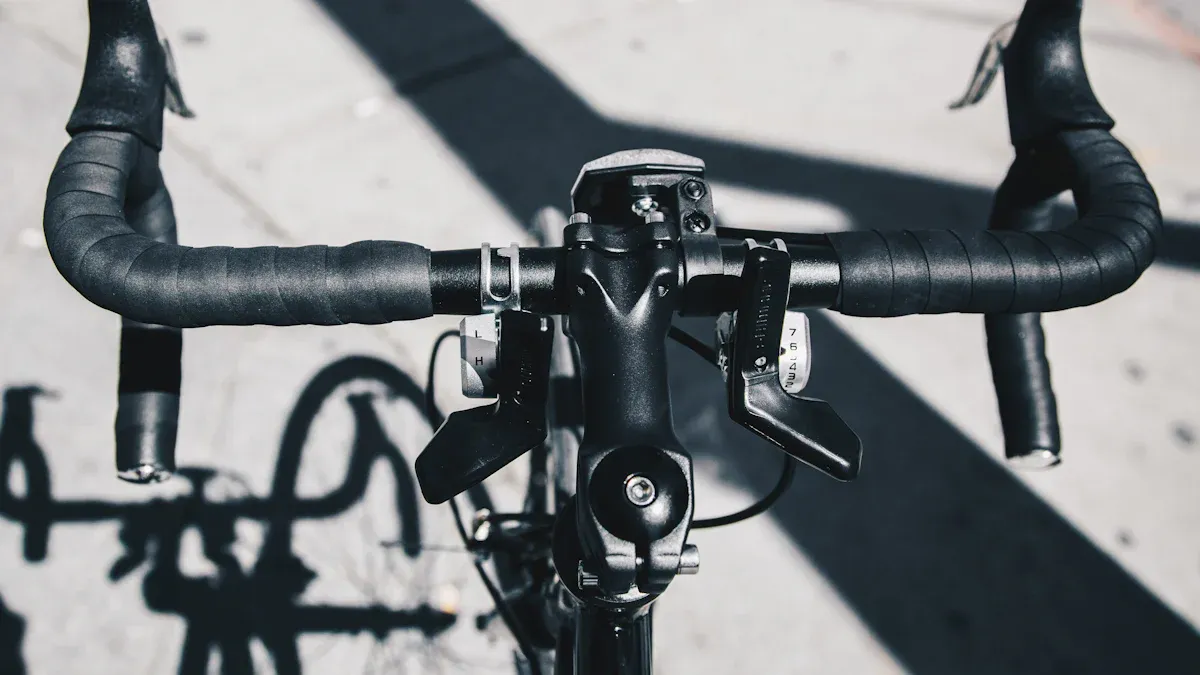
Choosing the right handlebar width can make a big difference in how your bike feels. If you want a comfortable ride, start by looking at your shoulder width. Most experts say your handlebars should match the distance between your shoulders. This helps your arms and back stay relaxed. When your handlebars are too wide or too narrow, you might feel sore or tired after a ride.
Studies show that handlebars matching your shoulder width can lower muscle fatigue. Cyclists who use the right width have less strain in their arms and shoulders. You also get better posture, which means less chance of back pain. For many riders, especially women, finding handlebars that match their body can be tough. Many bikes come with handlebars that are too wide, so it’s smart to check your own fit.
Here’s what to look for when picking handlebar width:
- Stand up straight and measure the distance between the bony points on your shoulders.
- Choose handlebars that are close to this measurement.
- If you ride for long hours, the right width can help you avoid numb hands and sore muscles.
Let’s compare wide and narrow handlebars:
| Handlebar Width | Handling | Aerodynamics | Comfort |
|---|---|---|---|
| Wide | More control, stable | More wind resistance | Can cause arm fatigue |
| Narrow | Quicker turns, agile | Less wind resistance | May feel cramped |
| Shoulder-width | Balanced, natural feel | Good airflow | Best for bike fit |
Tip: The best bike fit comes from handlebars that match your shoulders. You’ll ride longer and feel better.
If you want a bike fit that feels just right, don’t be afraid to try different widths. Your comfort and control will improve, and you’ll enjoy every ride more.
Handlebar Materials
When you pick out handlebars, you might wonder what material works best. The three most common choices are carbon fiber, aluminum, and steel. Each one feels different when you ride. Each one changes how your bike handles bumps, weight, and even your wallet.
Let’s break down the main differences:
| Attribute | Carbon Fiber Handlebars | Aluminum Handlebars | Steel Handlebars |
|---|---|---|---|
| Durability | Less durable; can break if scratched or crashed; failure is sudden | More durable; resists scrapes and scratches; bends instead of breaking | Very strong; rarely used for modern handlebars |
| Vibration Damping | Excellent; soaks up road buzz and bumps | Not as good; feels stiffer and passes more vibration | Good, but heavier and less common today |
| Cost Efficiency | Expensive; costs up to twice as much as aluminum | Budget-friendly; about half the price of carbon | Usually cheapest, but heavier |
| Weight | Super light; almost half the weight of aluminum | Heavier; sometimes overbuilt and stiff | Heaviest of all three |
Carbon fiber handlebars feel light and smooth. You notice less shaking in your hands because the material soaks up vibrations. Many racers love this. The downside? Carbon bars cost more and can break if you crash or scratch them. When they fail, it happens fast.
Aluminum handlebars give you a solid, sturdy feel. They handle bumps well, but you might feel more road buzz. These bars cost less and last longer if you drop your bike. If they bend, you can often spot the damage before it gets worse.
Steel handlebars show up less often now. They weigh the most, but they can take a beating. Some classic bikes still use steel for its strength and old-school style.
Tip: If you want the lightest ride and best comfort, try carbon fiber. If you want a tough, affordable bar, aluminum works great. For a vintage look or extra strength, steel might be your pick.
Think about your budget, how rough your rides get, and how much weight matters to you. The right material can make every ride smoother and more fun.
How to Choose Bike Handlebars
Picking the right handlebars can change how much you enjoy your bike. You want to feel good, ride longer, and stay in control. Let’s break down what you should look for when choosing handlebars, so you can find the best match for your comfort and fit.
Riding Style
Start by thinking about how you ride. Your riding style shapes which handlebar works best for you. If you love speed and smooth roads, drop bars help you go fast and cut through the wind. Mountain bikers often pick flat or riser bars for better control on rough trails. If you race against the clock, aero bars let you tuck in and ride faster. For city sprints, bullhorn bars give you a strong grip and quick moves.
- Road cycling: Drop bars for speed and many hand positions.
- Mountain biking: Flat or riser bars for control and stability.
- Time trials or triathlons: Aero bars for less wind resistance.
- Urban sprinting: Bullhorn bars for power and quick turns.
Your handlebar style should match your favorite way to ride. This choice sets the stage for your comfort and performance.
Comfort and Ergonomics
Comfort matters every time you get on your bike. You want handlebars that feel good in your hands and keep your body happy. Look for a handlebar that matches your shoulder width. This helps your arms relax and keeps your back from getting sore. The reach (how far the bar sticks out) and drop (how low the bar curves) also change your posture. If you set your handlebar at the right angle and height, you can avoid wrist pain and back aches.
- Match handlebar width to your shoulders for better control.
- Adjust angle and height to keep your wrists and back comfortable.
- Try different grips or tape to reduce hand fatigue.
A good fit means you can ride longer without pain. Your comfort level should always come first.
Tip: If your hands or back hurt after a ride, try changing your handlebar angle or height. Small tweaks can make a big difference!
Fit and Geometry
The fit of your handlebars affects how you sit and steer. You want your handlebars to work with your bike’s frame and your body size. If your bars are too wide or too narrow, you might feel cramped or stretched out. The right geometry helps you balance, steer, and reach your brakes easily.
| Fit Factor | What to Check | Why It Matters |
|---|---|---|
| Width | Matches your shoulder width | Keeps arms relaxed |
| Reach | Not too far, not too close | Prevents overreaching |
| Drop | Low enough for speed, high for comfort | Sets your riding position |
| Angle | Feels natural for your wrists | Reduces strain |
Try to match your handlebars to your body, not just your bike. This helps you ride with more control and less effort.
Material and Weight
Handlebars come in different materials, and each one feels different. Aluminum bars are tough and stiff, but you might feel more bumps. Carbon fiber bars are light and soak up road buzz, making your ride smoother. Steel bars last a long time but weigh more. The material you pick changes how your bike handles and how much it weighs.
- Aluminum: Durable and stiff, but less shock absorption.
- Carbon fiber: Light and smooth, but can break if damaged.
- Steel: Strong and classic, but heavy.
Think about how much weight matters to you and how rough your rides get. Lighter bars help with speed, while strong bars handle tough trails.
Terrain and Usage
Where you ride changes what handlebars you need. If you ride on gravel or bumpy roads, flared handlebars give you more stability. Wide bars help you balance on rough ground. For city streets, narrow bars help you slip through traffic. If you carry bags or ride long distances, look for bars with lots of hand positions, like butterfly or drop bars.
- Gravel and trails: Flared or wide bars for control.
- City riding: Narrow bars for easy steering.
- Long rides: Multiple hand positions for comfort.
Your terrain and usage decide which handlebar keeps you safe and happy.
Note: No single handlebar fits everyone. Test rides help you feel the difference. Cycling tests show that real-world rides reveal things you can’t find in a lab. Try different handlebars to see what feels best for your comfort and fit.
Quick Checklist for Choosing Handlebars
- What is your main riding style?
- Do the handlebars match your shoulder width?
- Can you adjust the angle and height for comfort?
- Does the material fit your needs for weight and durability?
- Will the handlebars work well on your usual terrain?
- Have you tried a test ride to check comfort level?
Choosing handlebars is all about finding what feels right for you. Don’t be afraid to experiment. Your perfect handlebar is out there, waiting to make every ride better.
Choosing the right handlebars can change your whole ride. You want handlebars that fit your bike, match your style, and keep you comfortable. When you pick handlebars that suit you, you ride longer and feel better. Try different handlebars to see what feels best. Your handlebars affect how you sit, how much power you use, and how much you enjoy your bike.
- Studies show handlebars change muscle use, posture, and comfort.
- Higher handlebars help your back and reduce nerve pressure.
- The right handlebars improve your power and keep you safe.
- Adjusting handlebars can stop pain and boost your cycling speed.
You control your ride. Test new handlebars, listen to your body, and make your bike work for you. The right handlebars help you ride stronger, safer, and happier.
FAQ
What handlebar is best for beginners?
Flat handlebars work great for beginners. You get easy control and a comfortable, upright position. You can see the road and reach your brakes fast. Most city and mountain bikes use flat bars, so you will feel right at home.
Can I switch my handlebars at home?
You can swap handlebars at home if you have basic tools. Make sure the new bars fit your bike’s stem. If you feel unsure, ask a bike shop for help. Safety comes first!
How do I know if my handlebars fit me?
Check your shoulder width. Your handlebars should match this distance. If your arms feel stretched or cramped, try a different width. You want relaxed arms and easy steering. A good fit means more comfort and better control.
Do handlebars need special care?
Handlebars need simple care. Wipe them clean after rides. Check for cracks or bends. Tighten bolts if they feel loose. If you use tape or grips, replace them when they wear out. Safe handlebars mean safe rides!









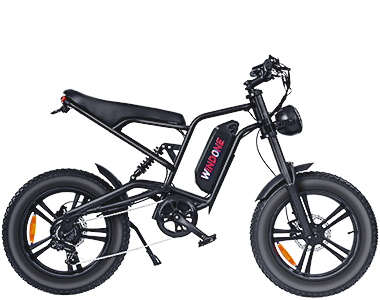
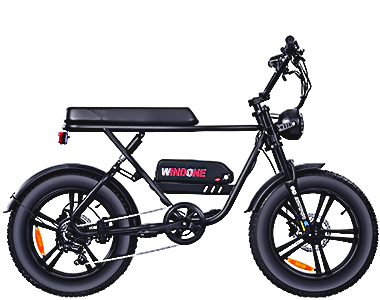
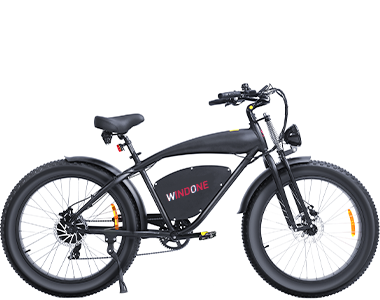
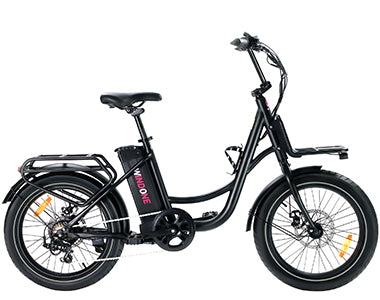
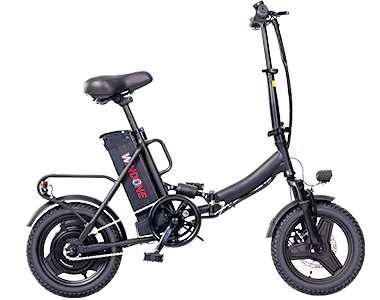
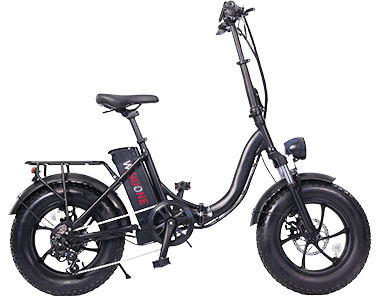


 Ebike Locks
Ebike Locks
 Phone Mount
Phone Mount
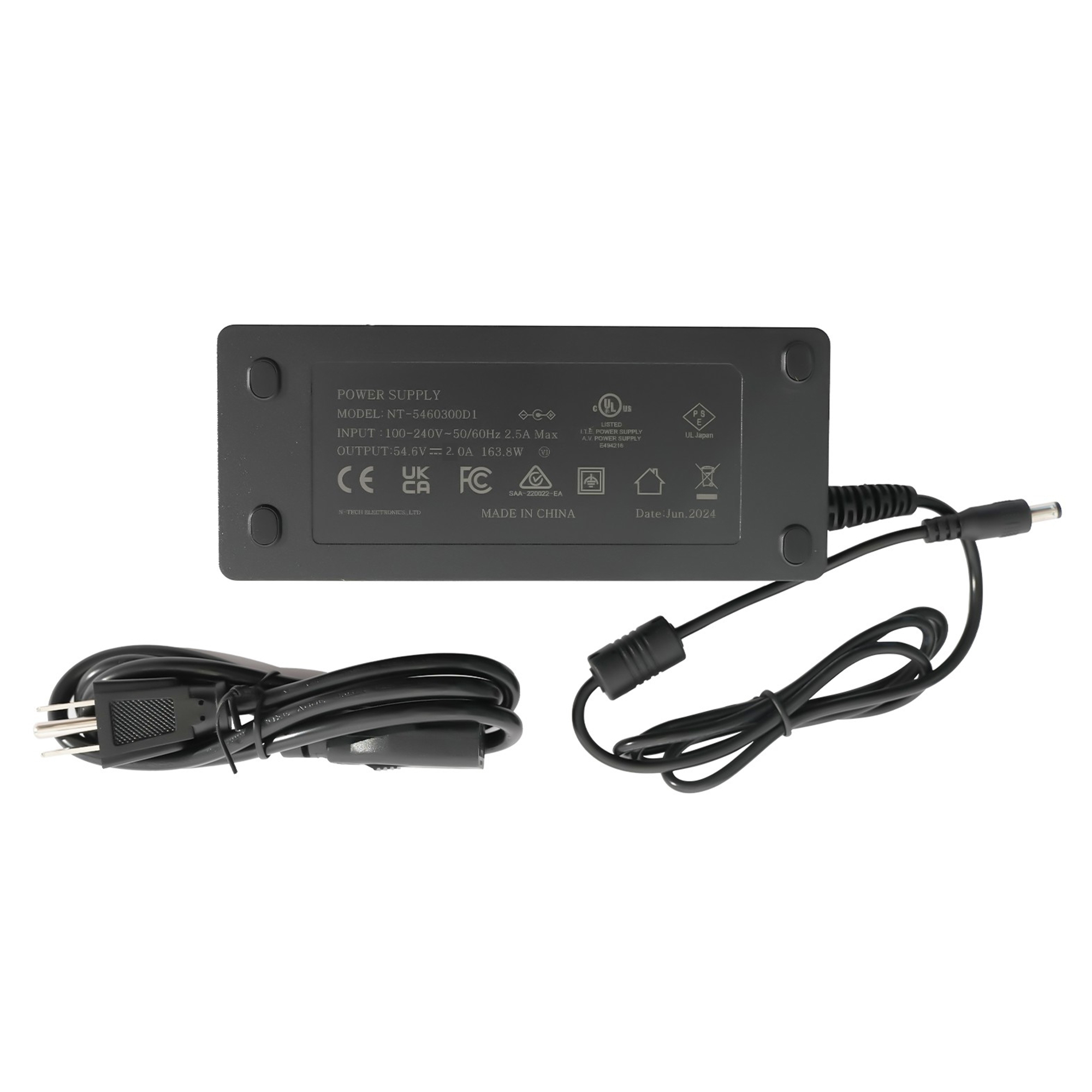
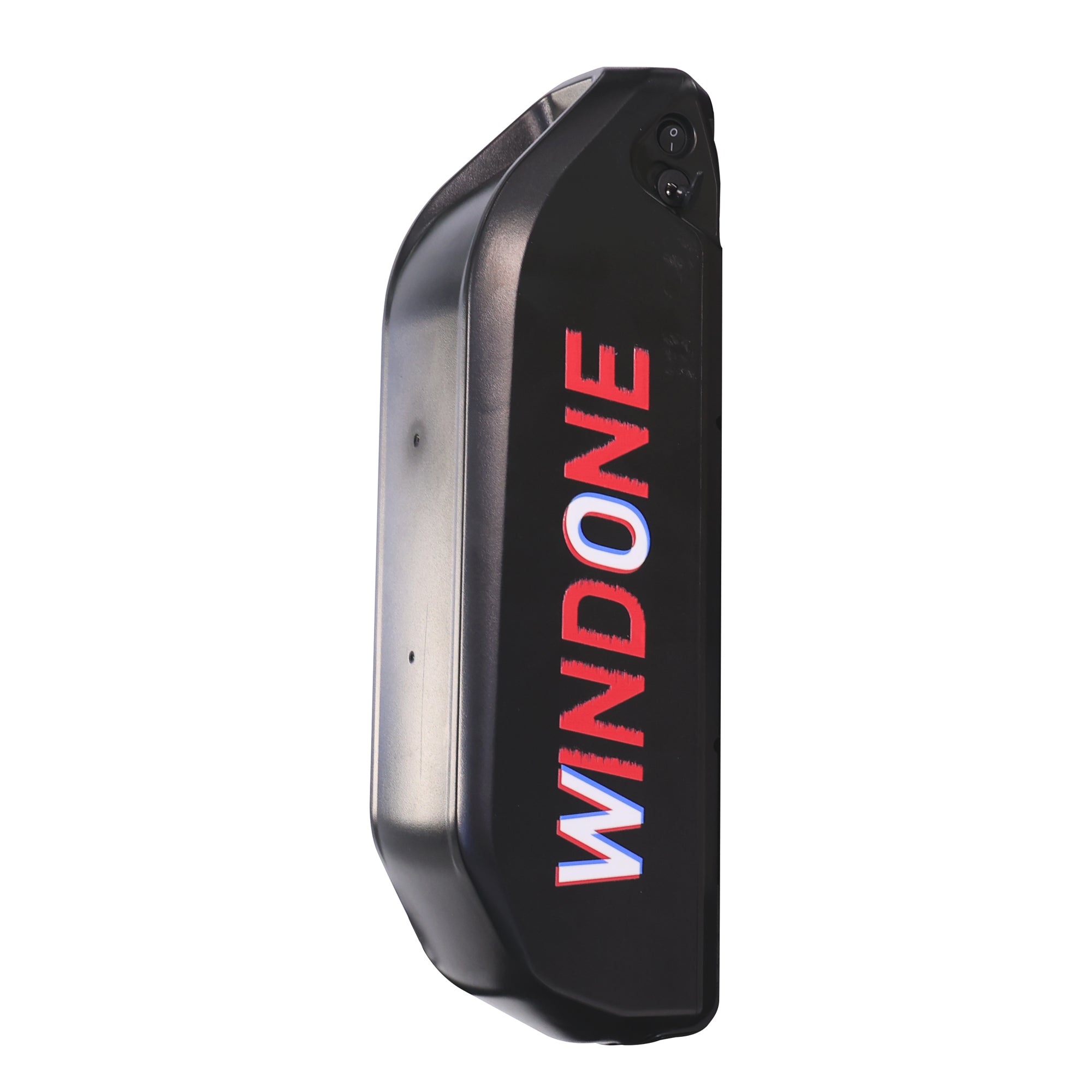
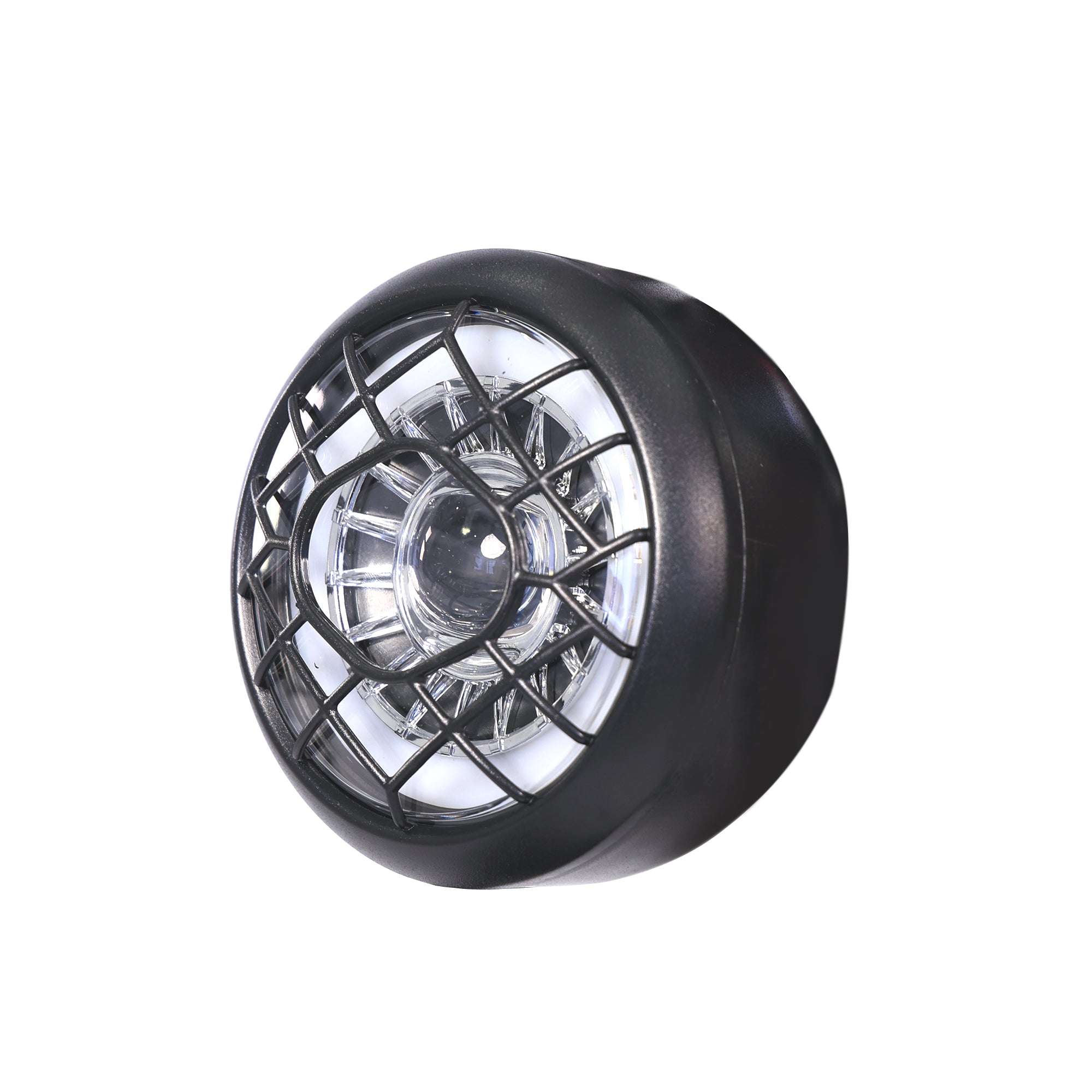
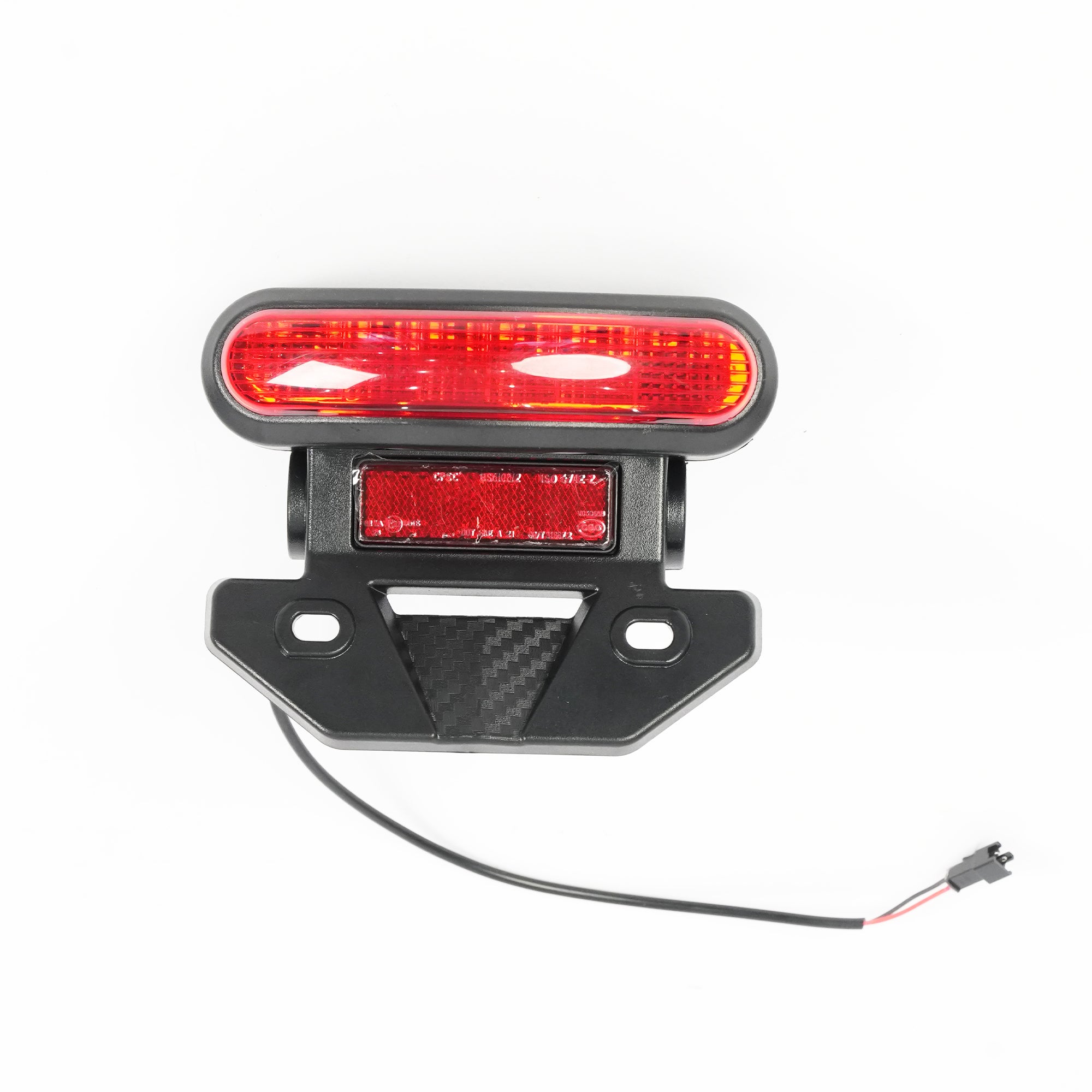
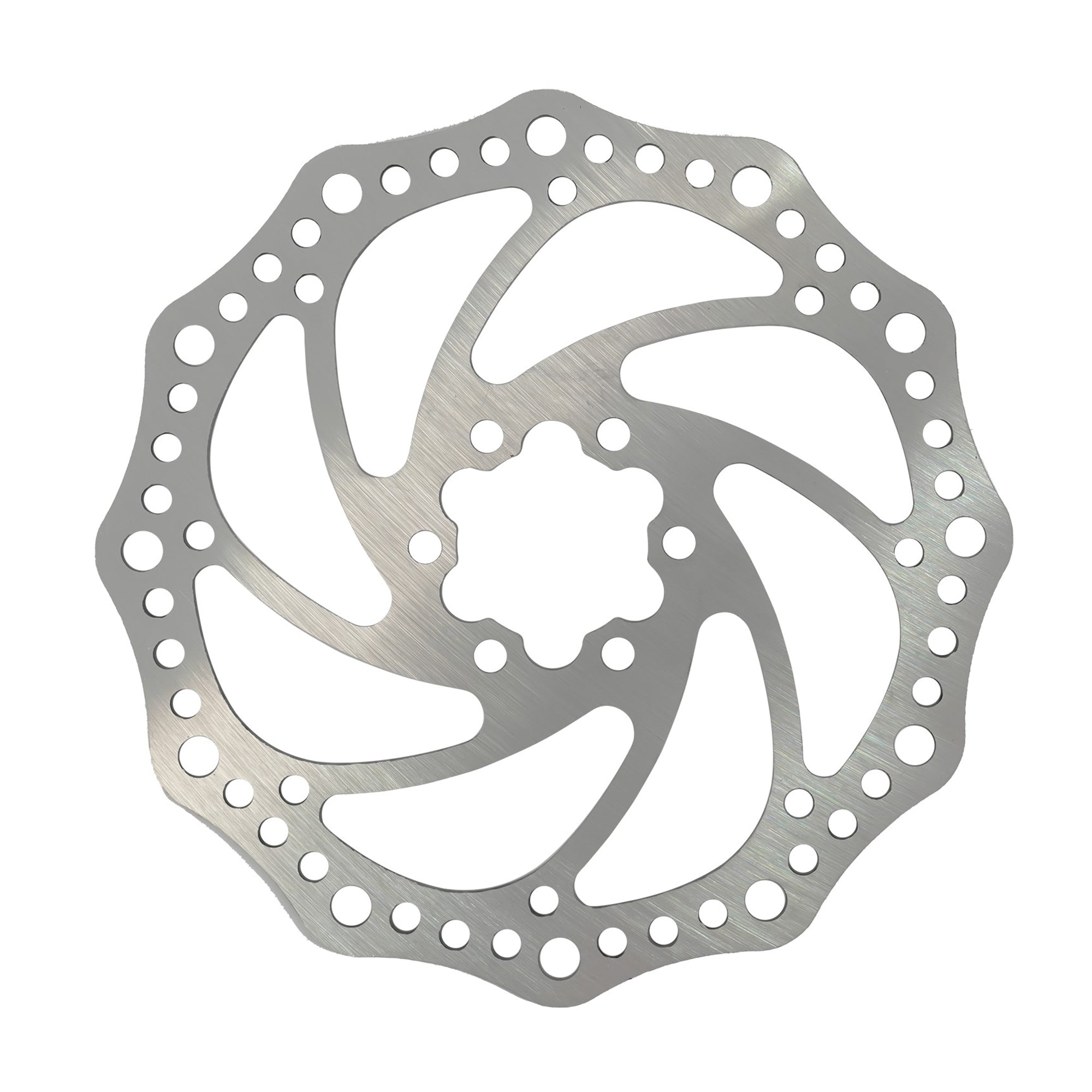
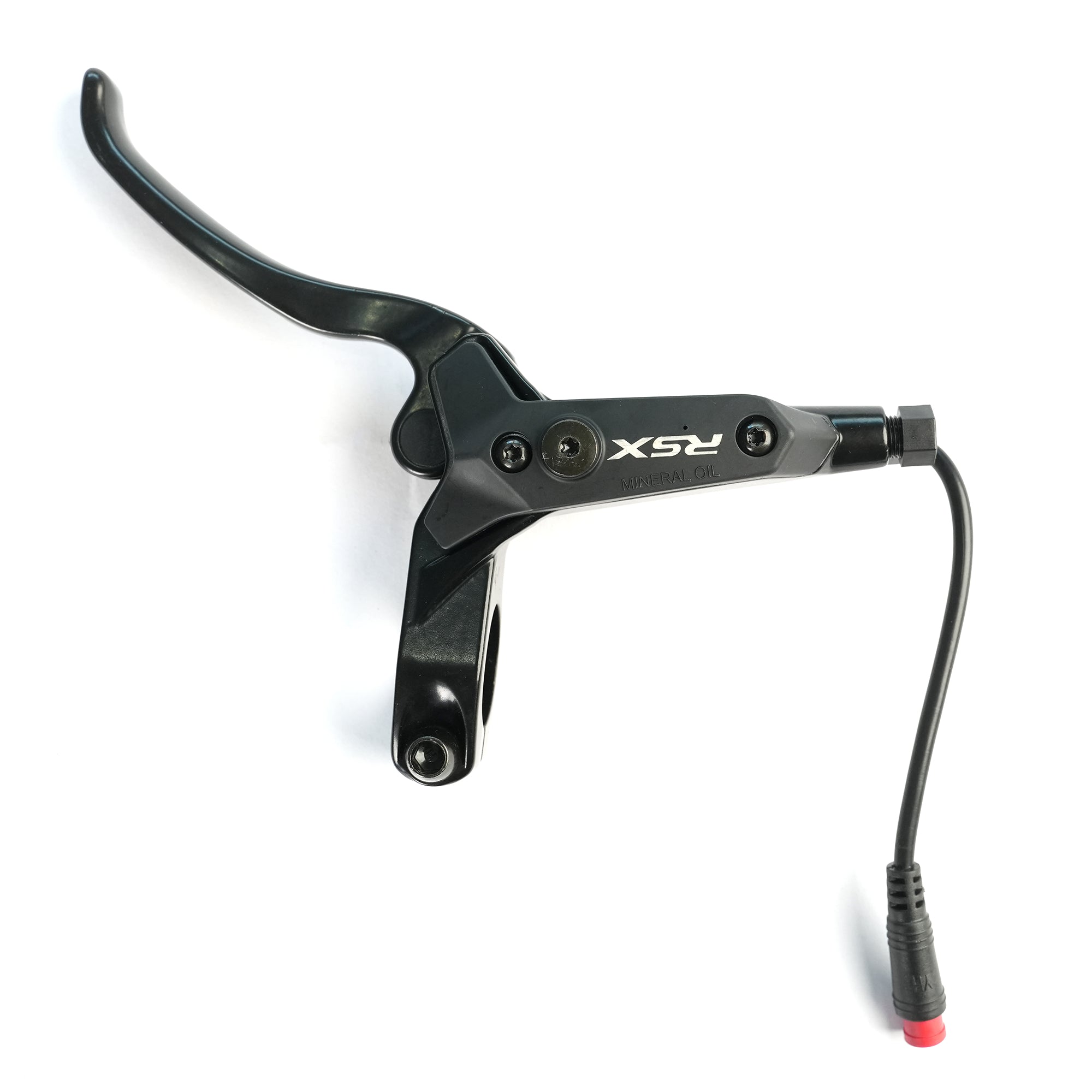
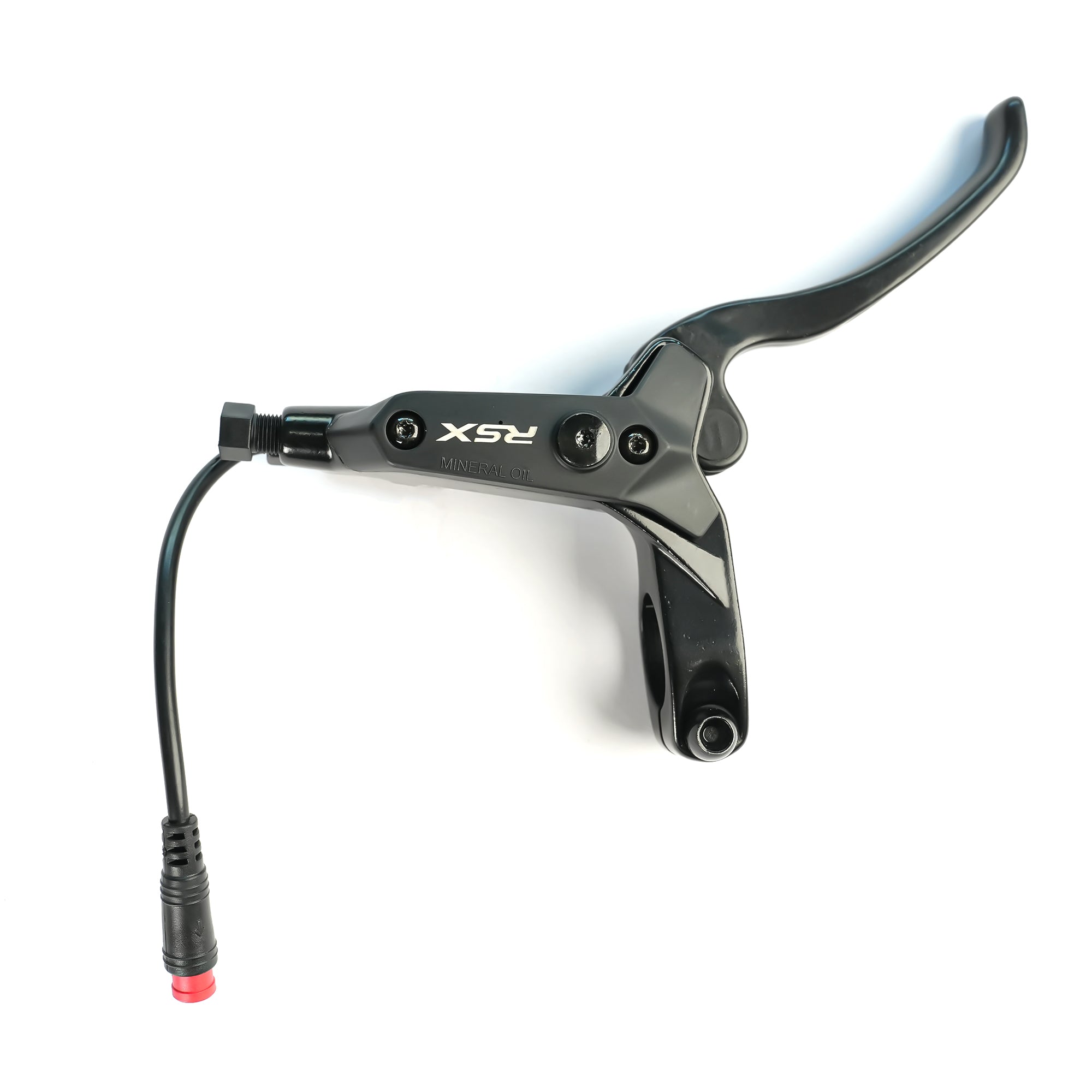
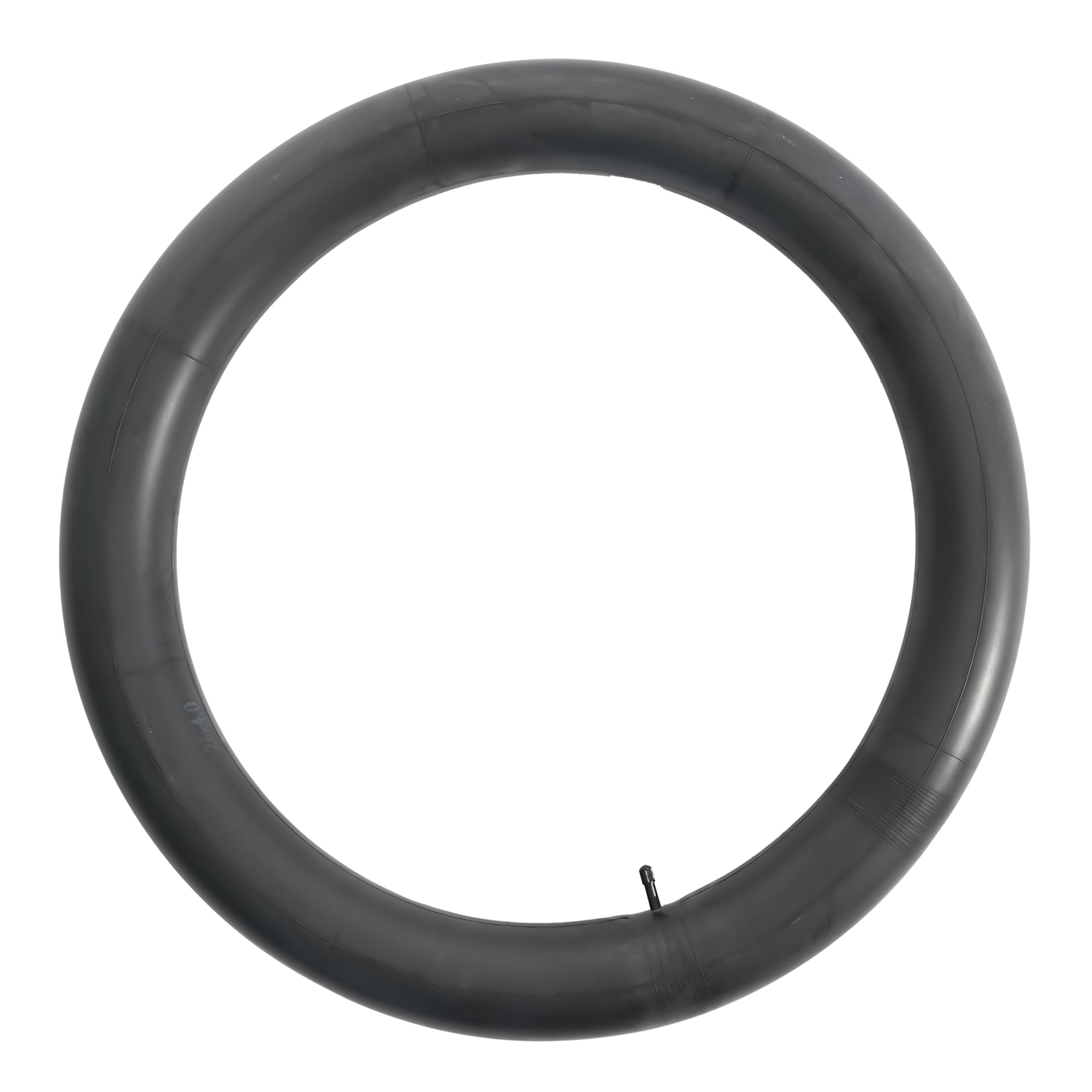
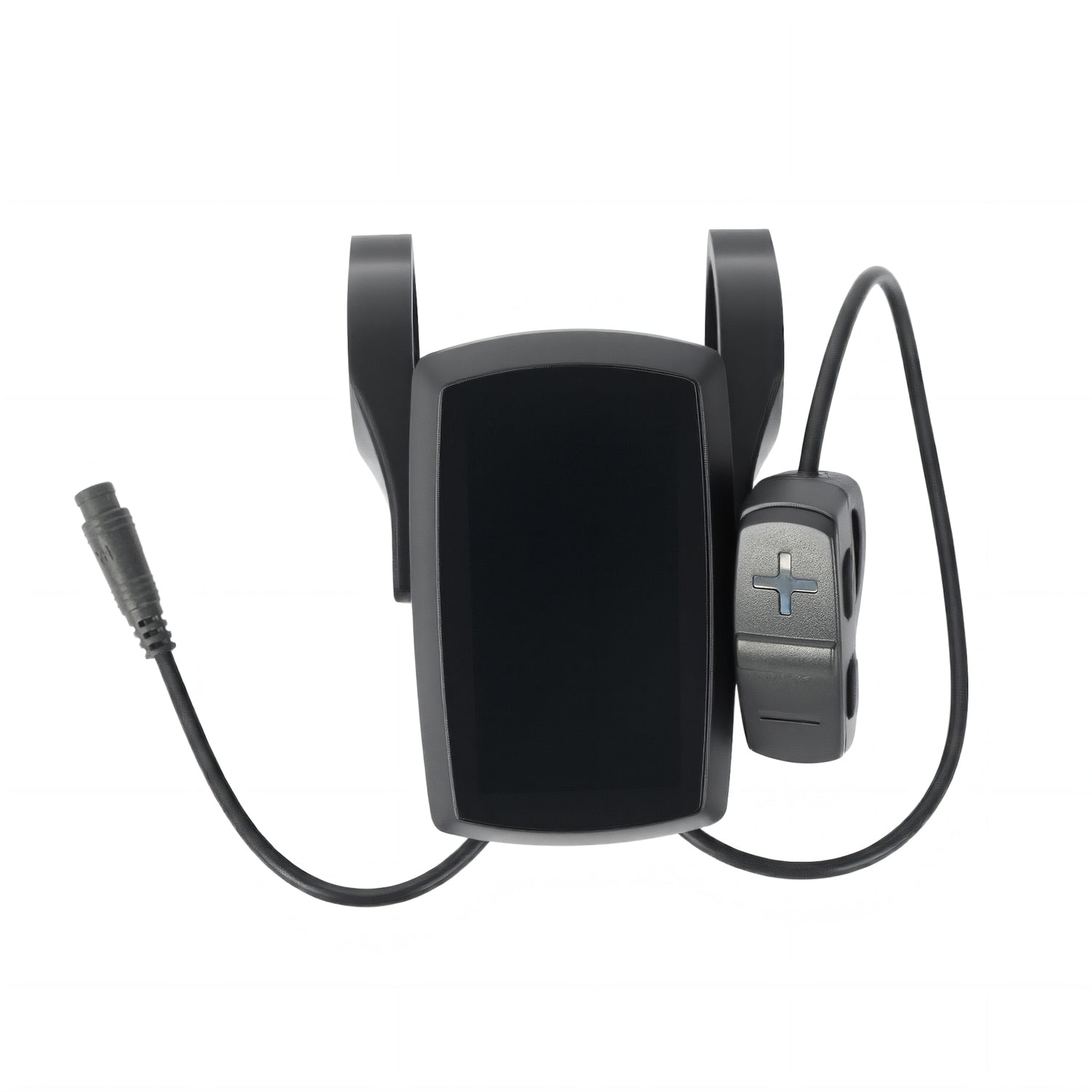
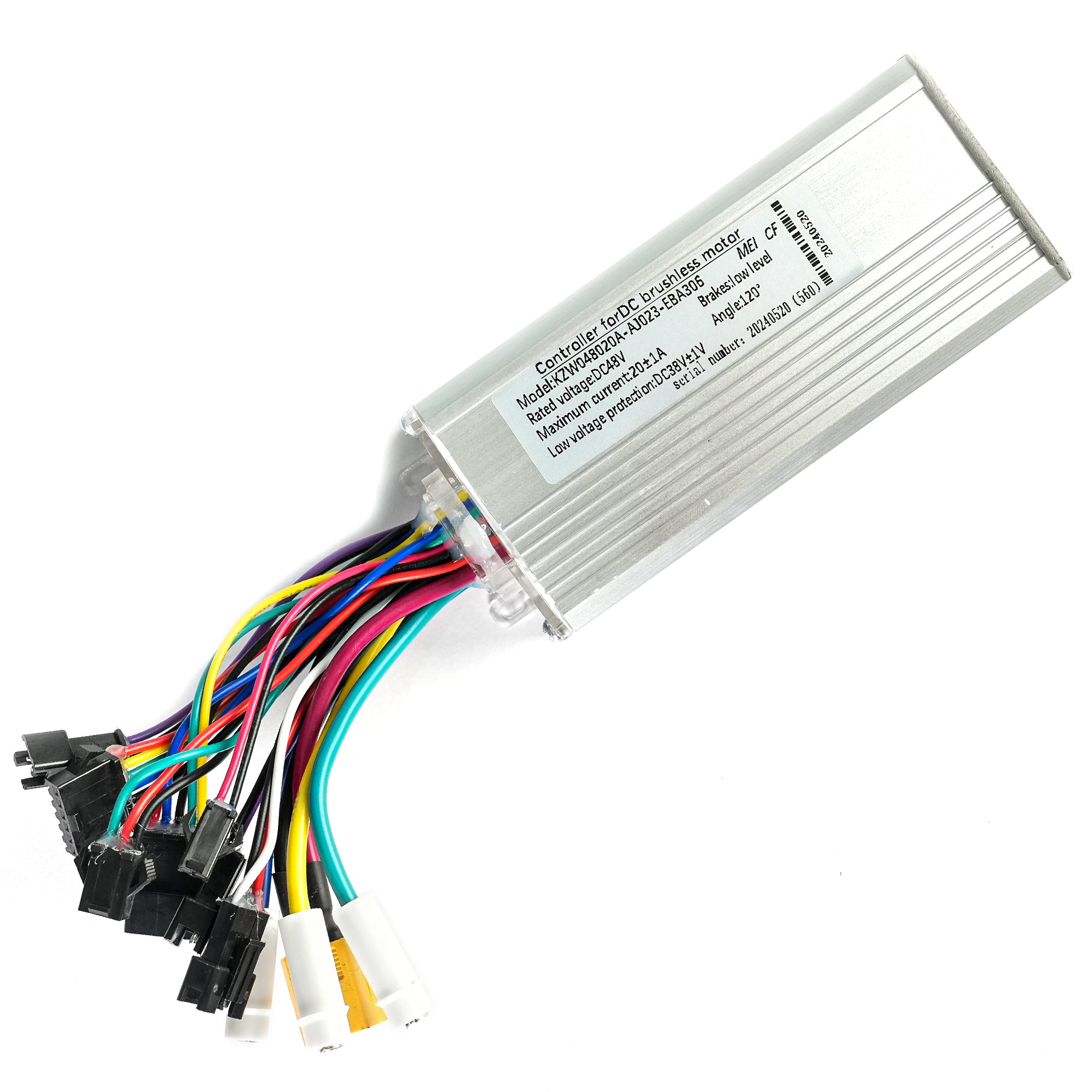
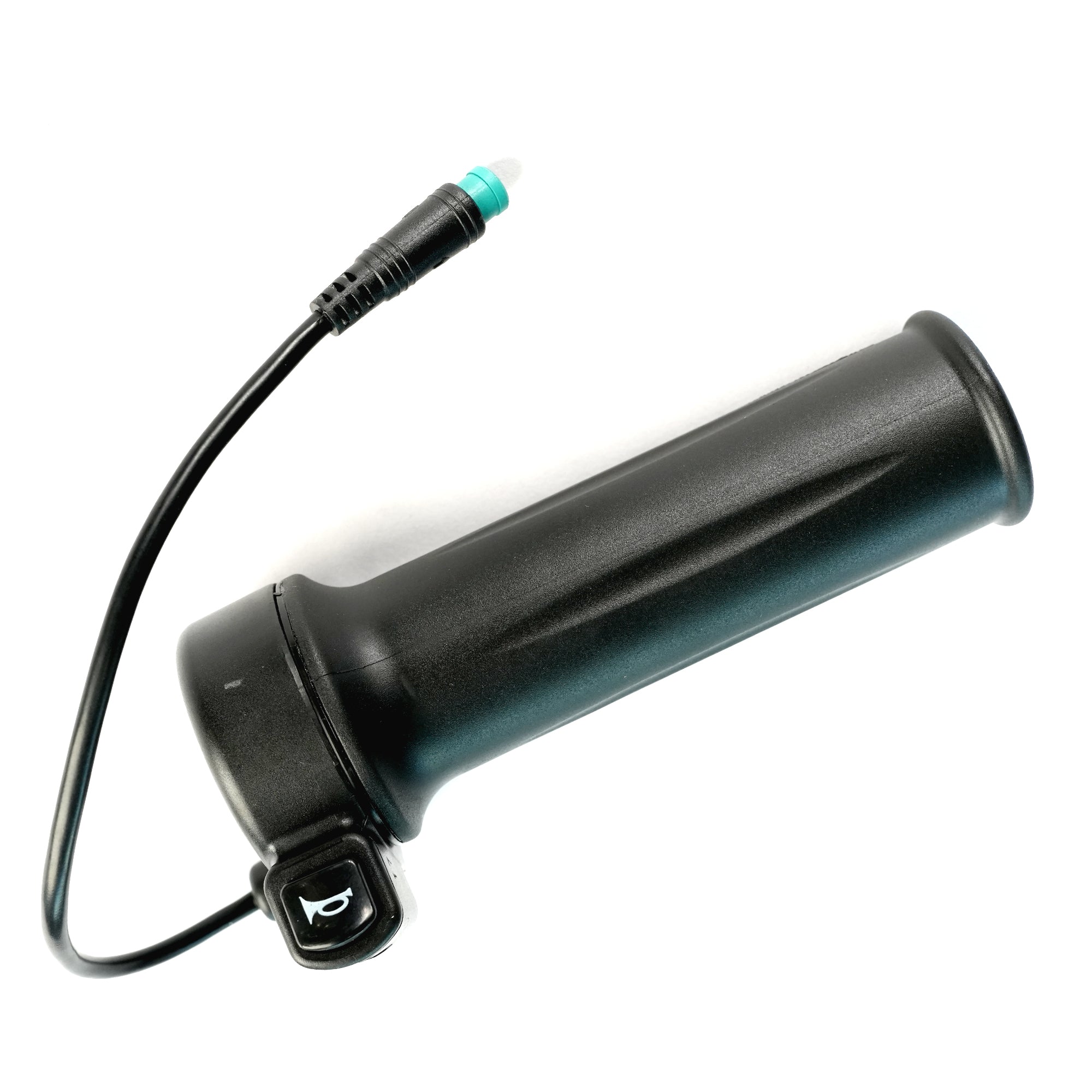
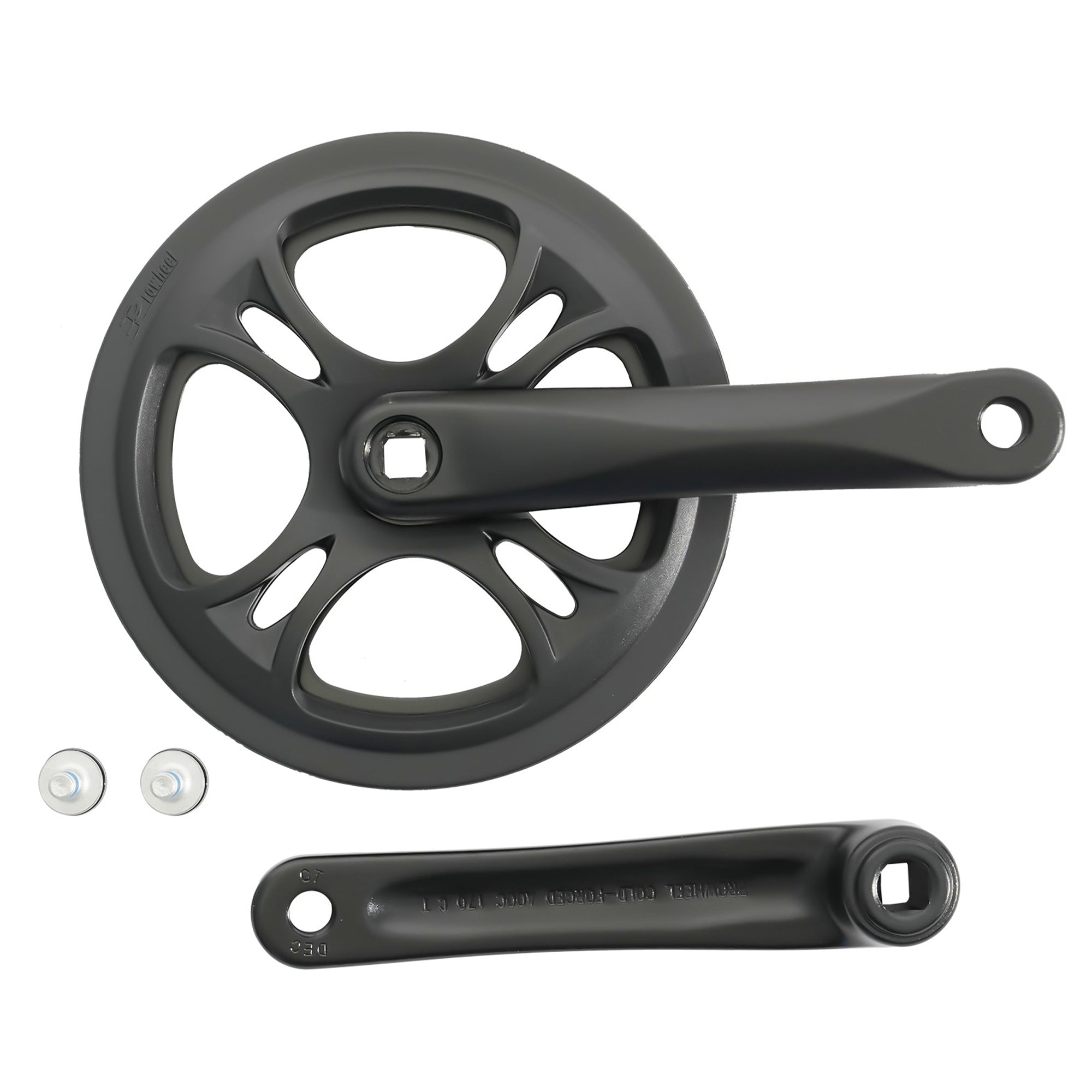
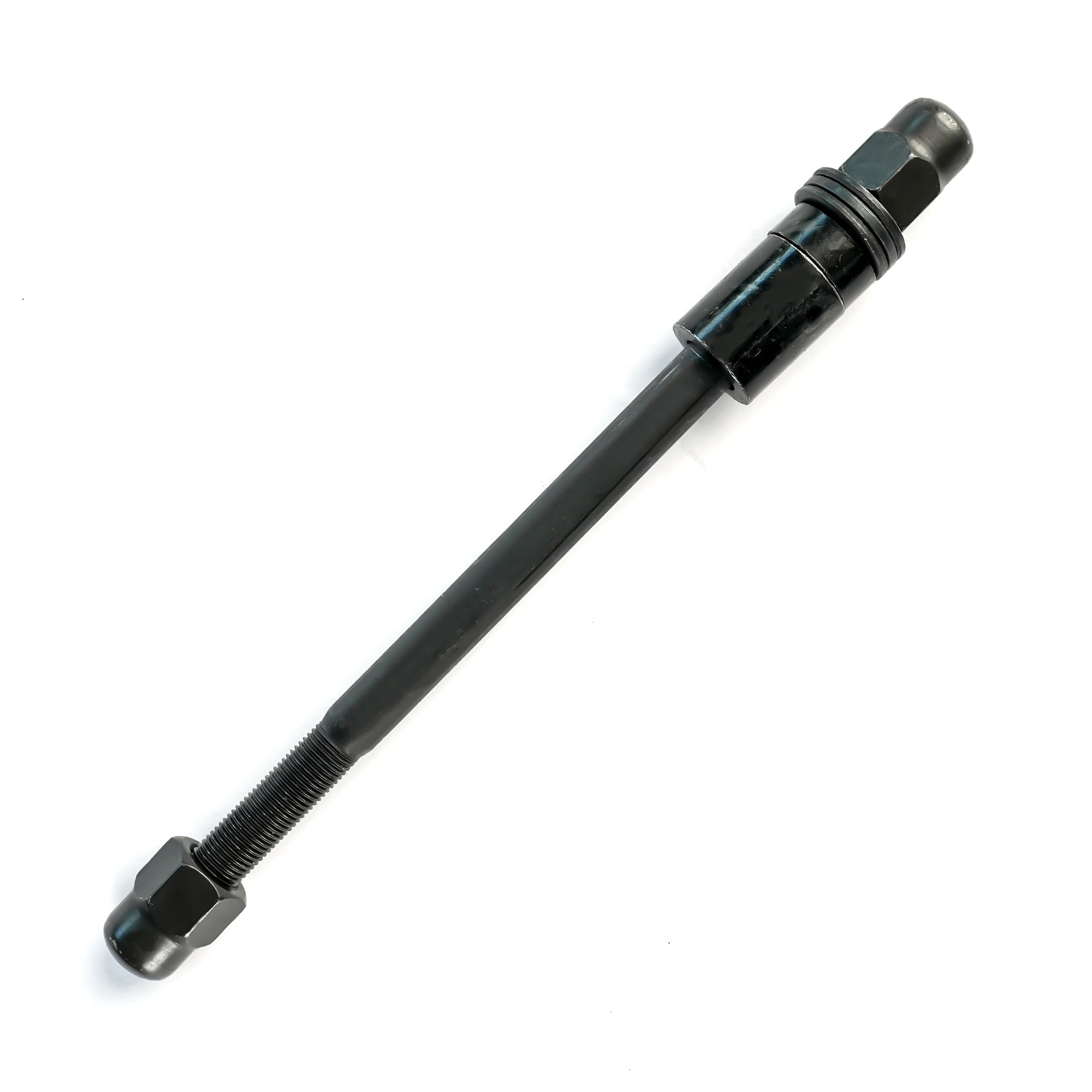
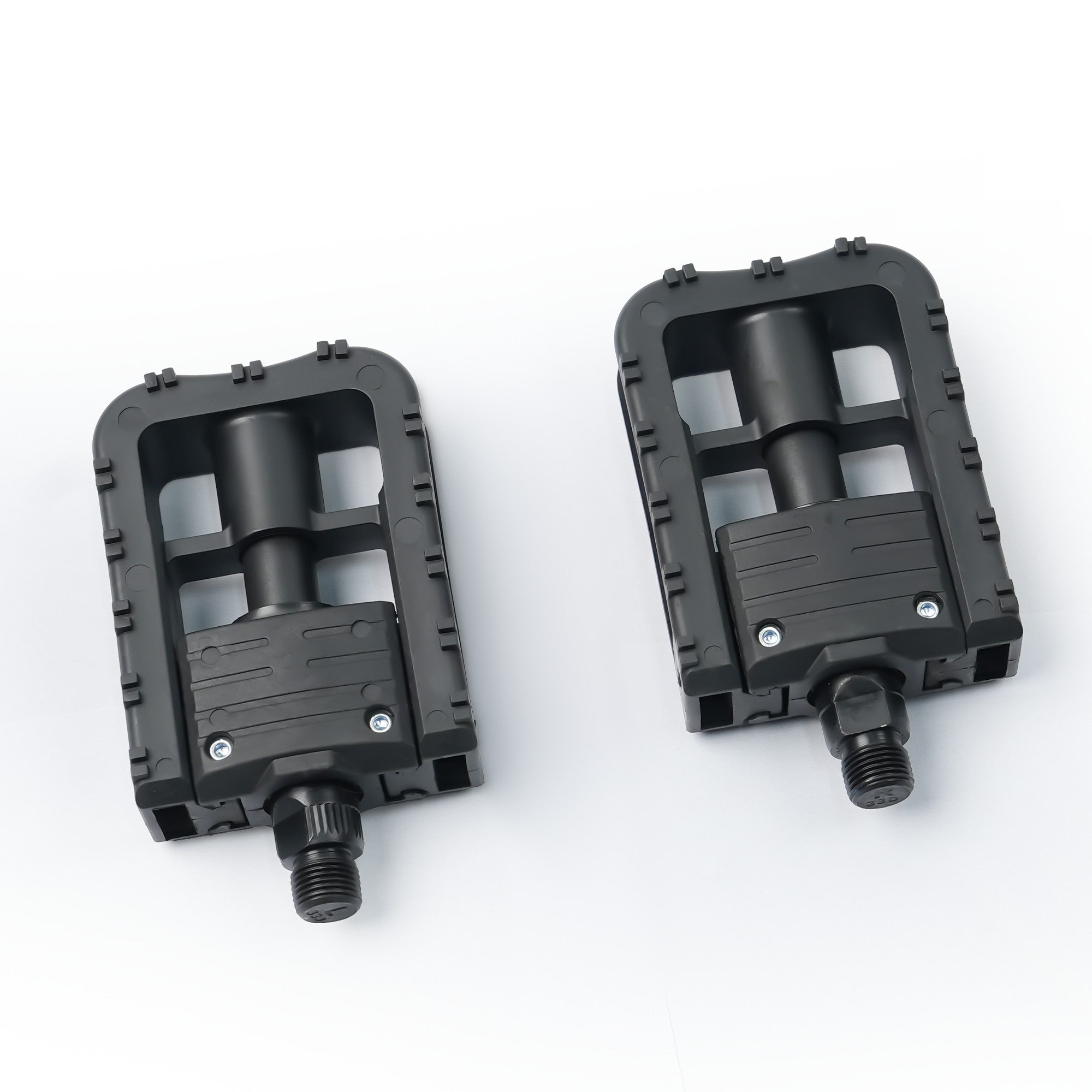
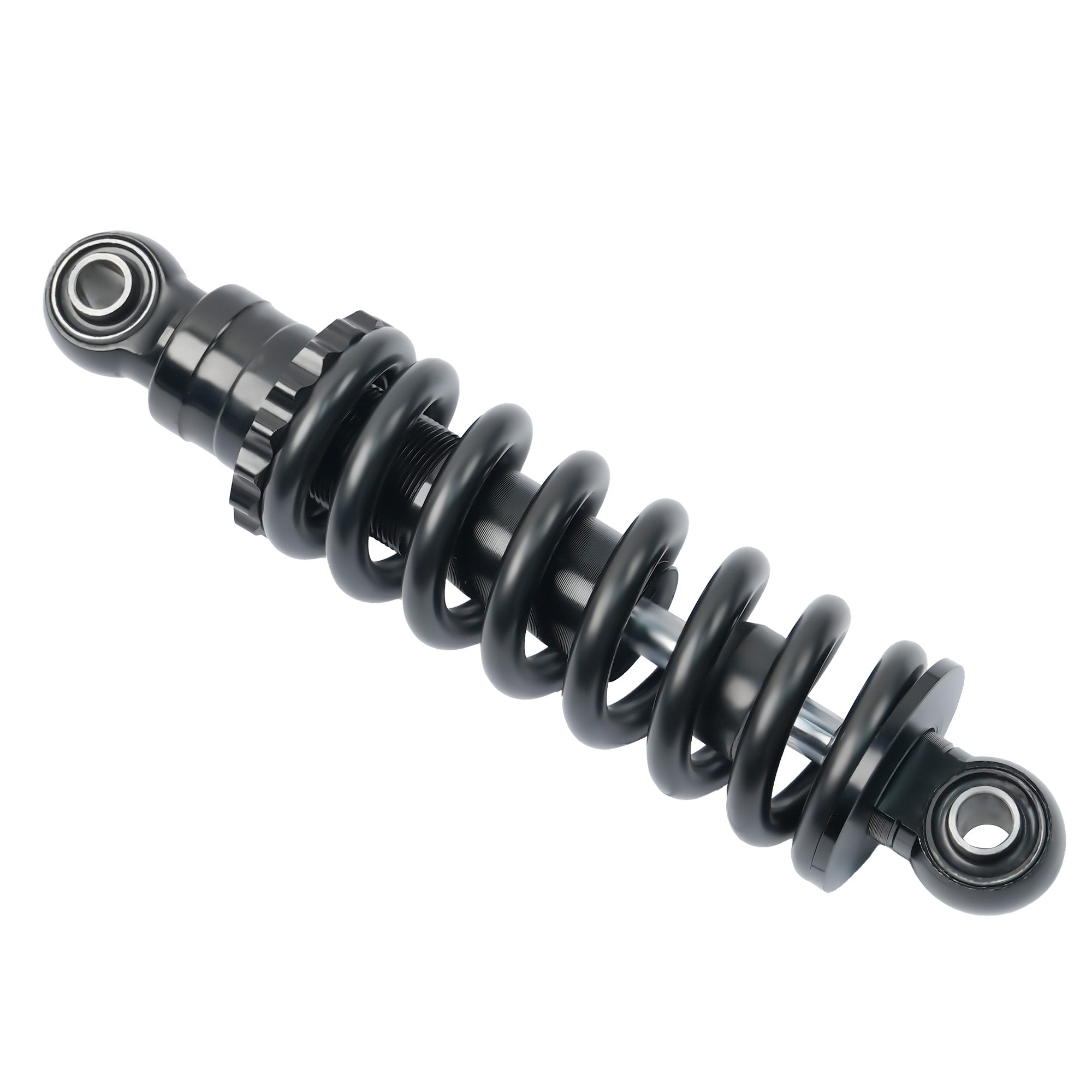
 Payment
Payment Afterpay Financing
Afterpay Financing Warranty
Warranty Shipping Policy
Shipping Policy Exclusive Discounts
Exclusive Discounts Track Your Order
Track Your Order Return & Refund
Return & Refund Referrals & Membership
Referrals & Membership User Manual
User Manual Contact Us
Contact Us FAQs
FAQs

